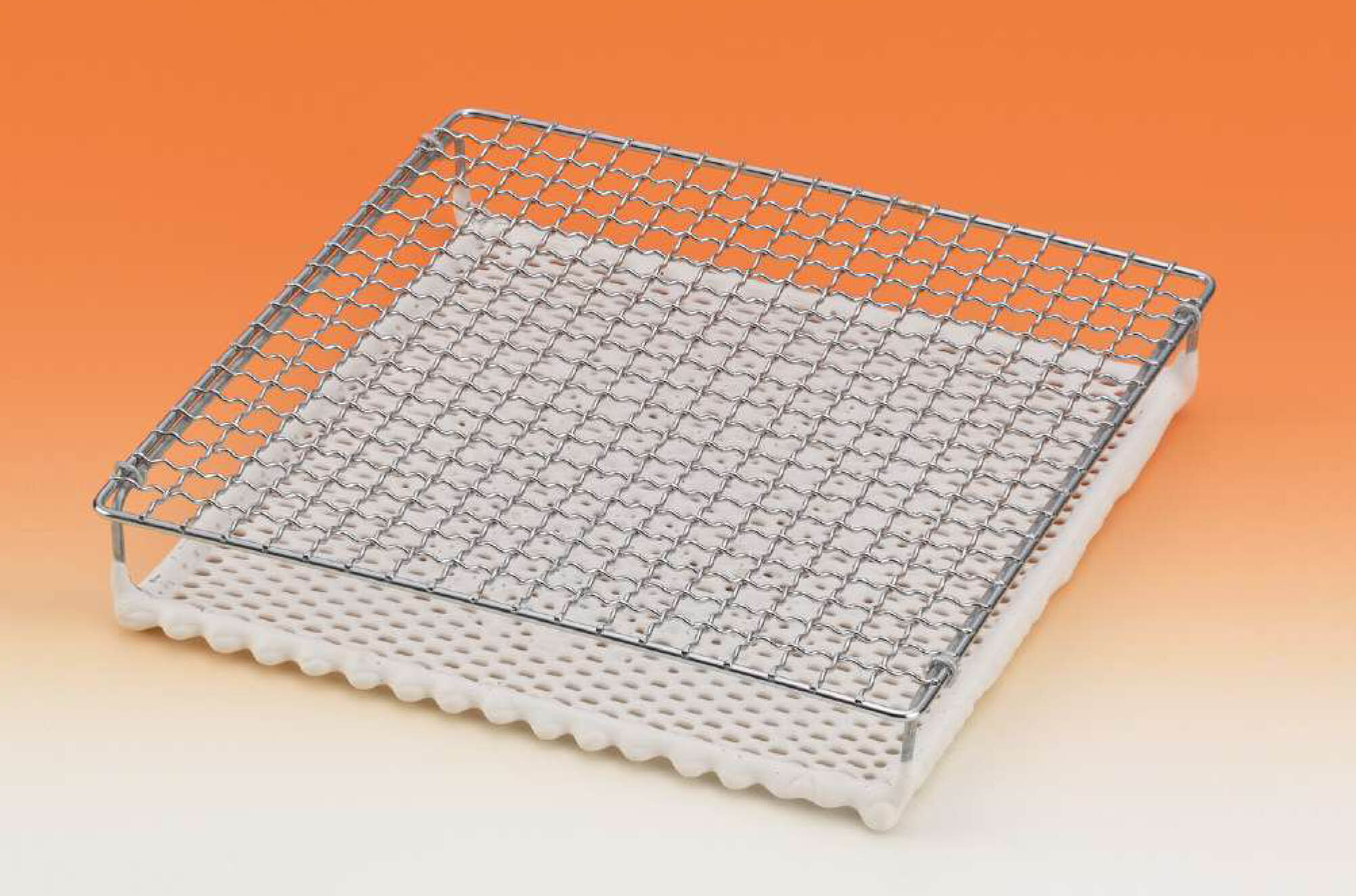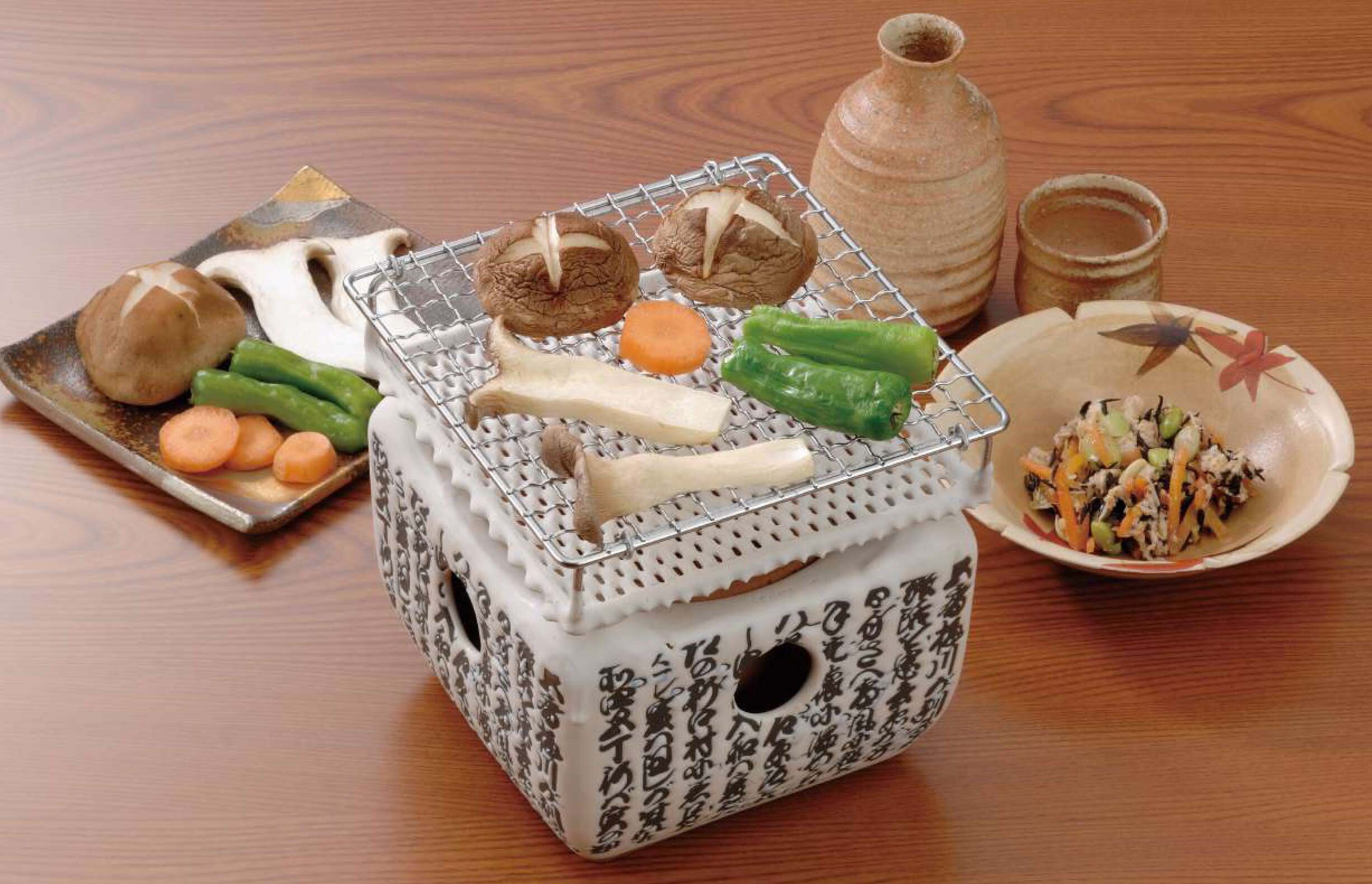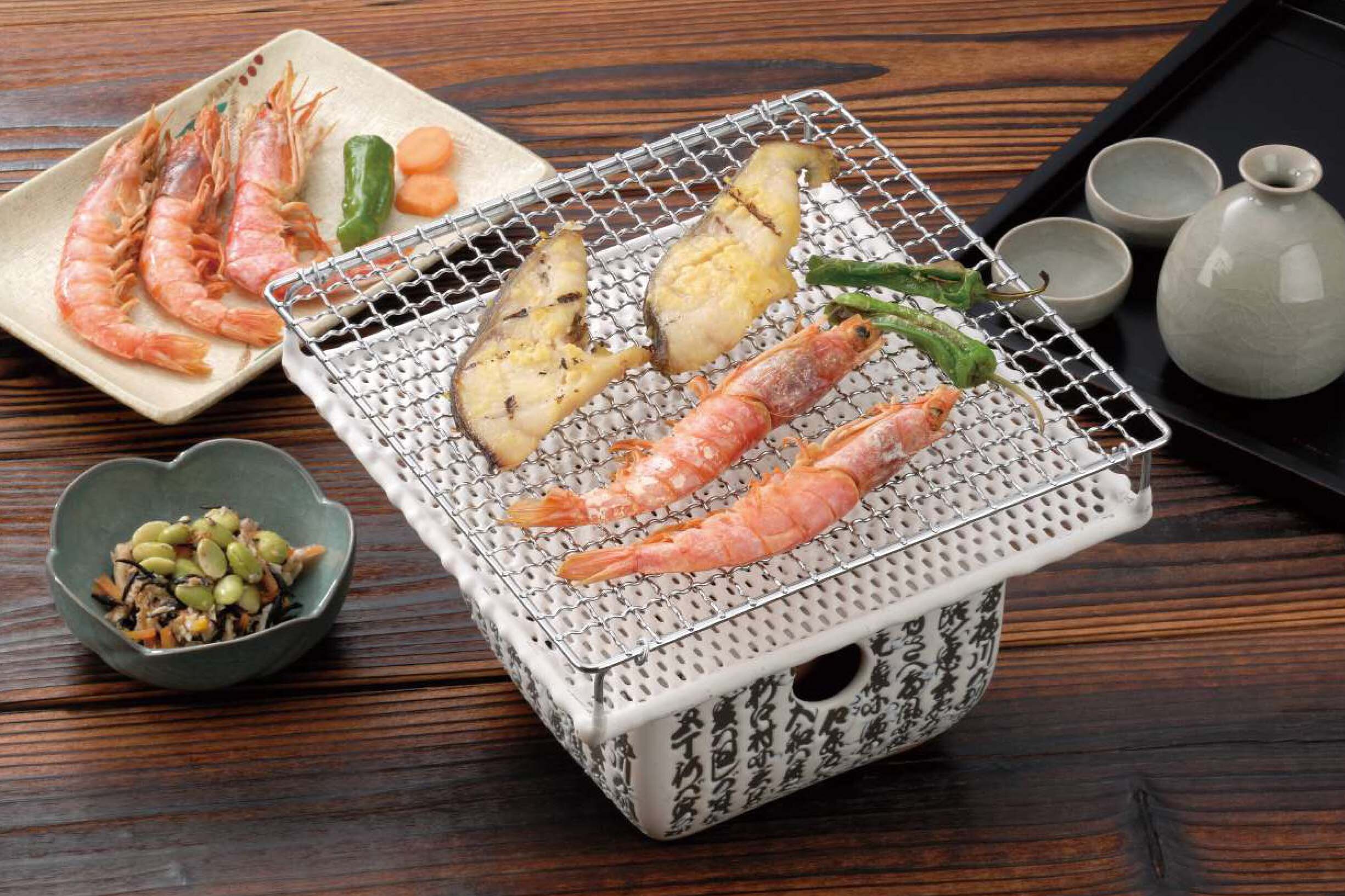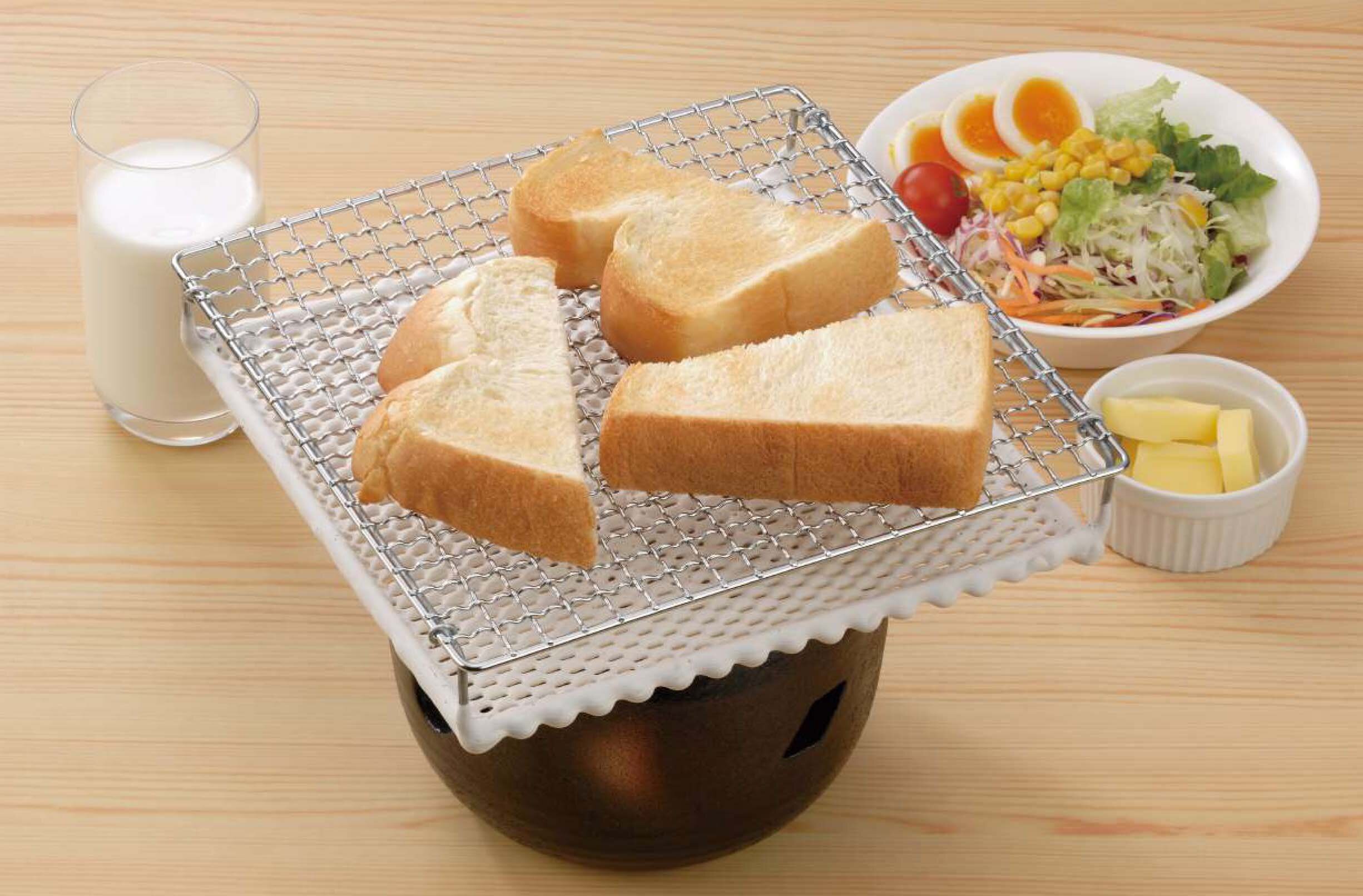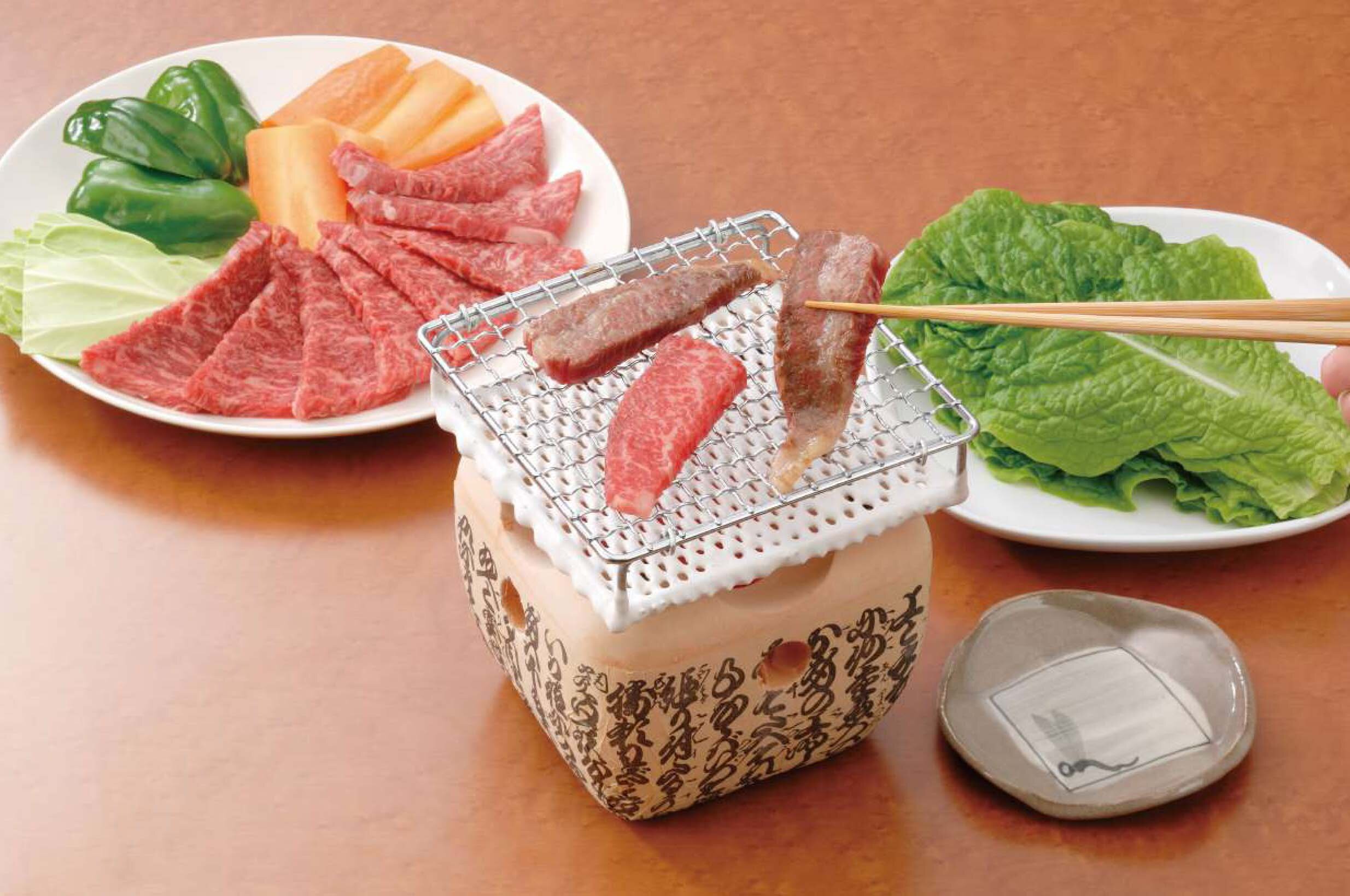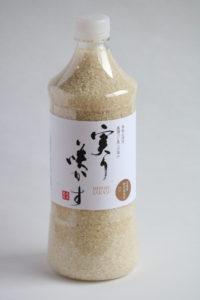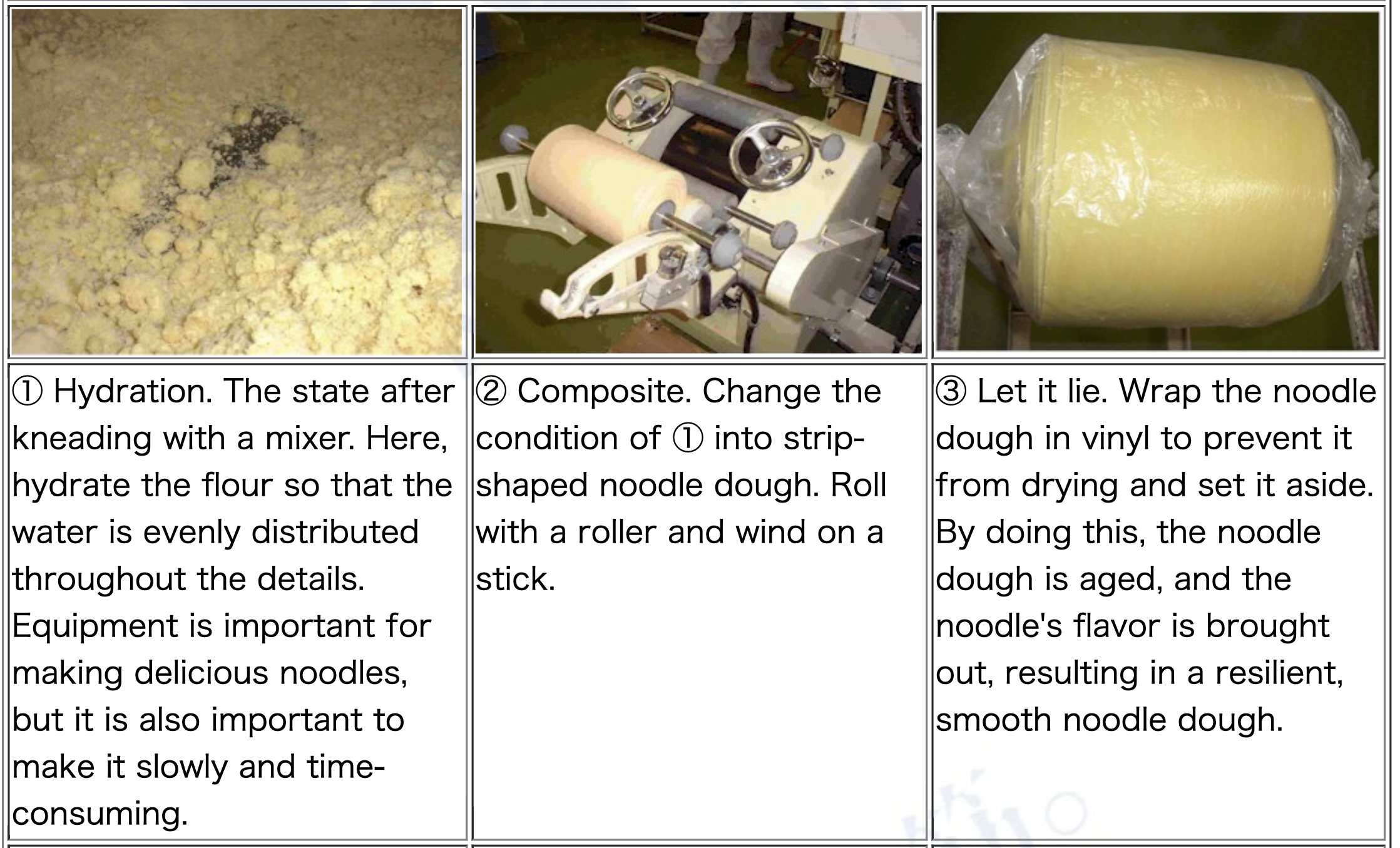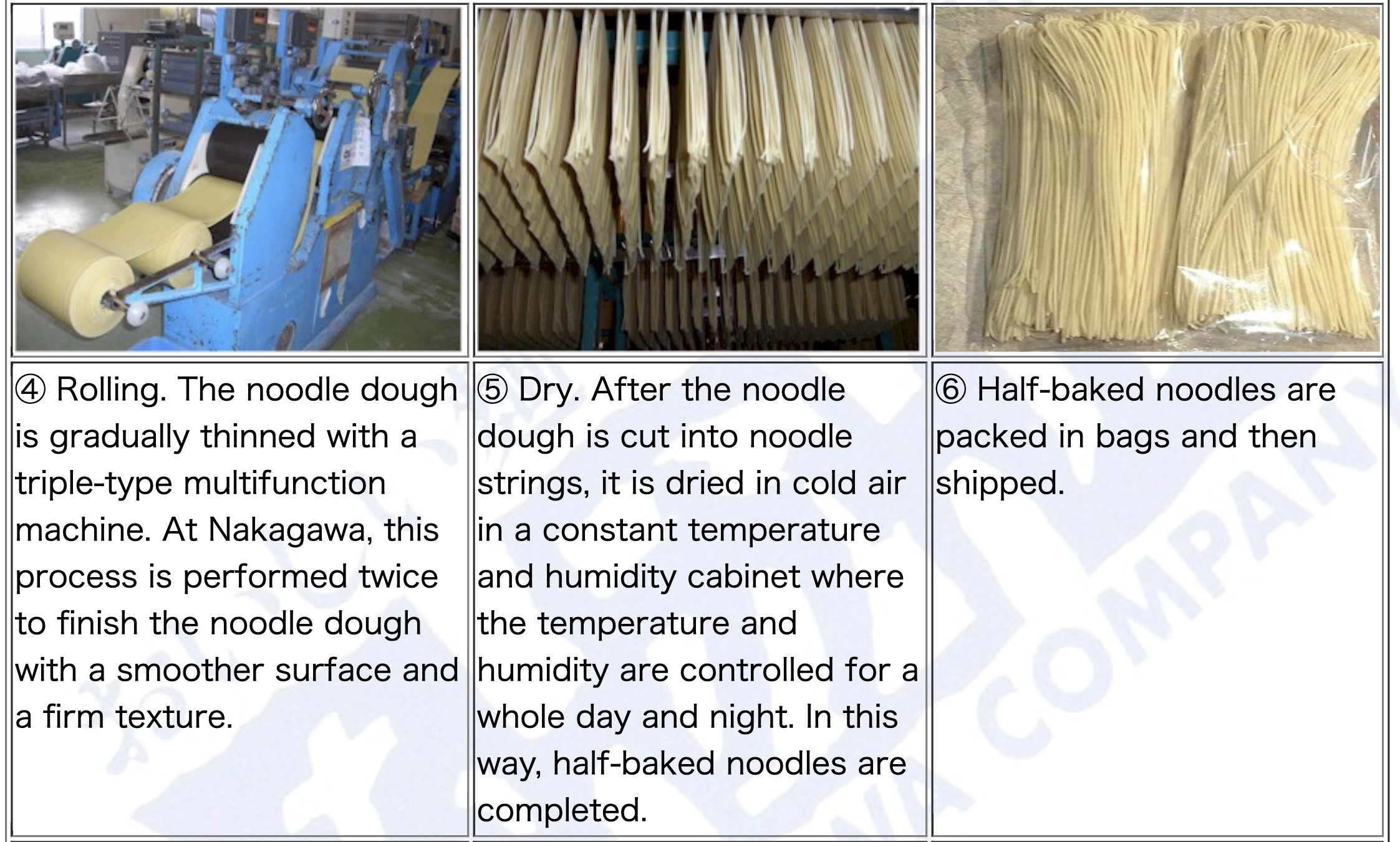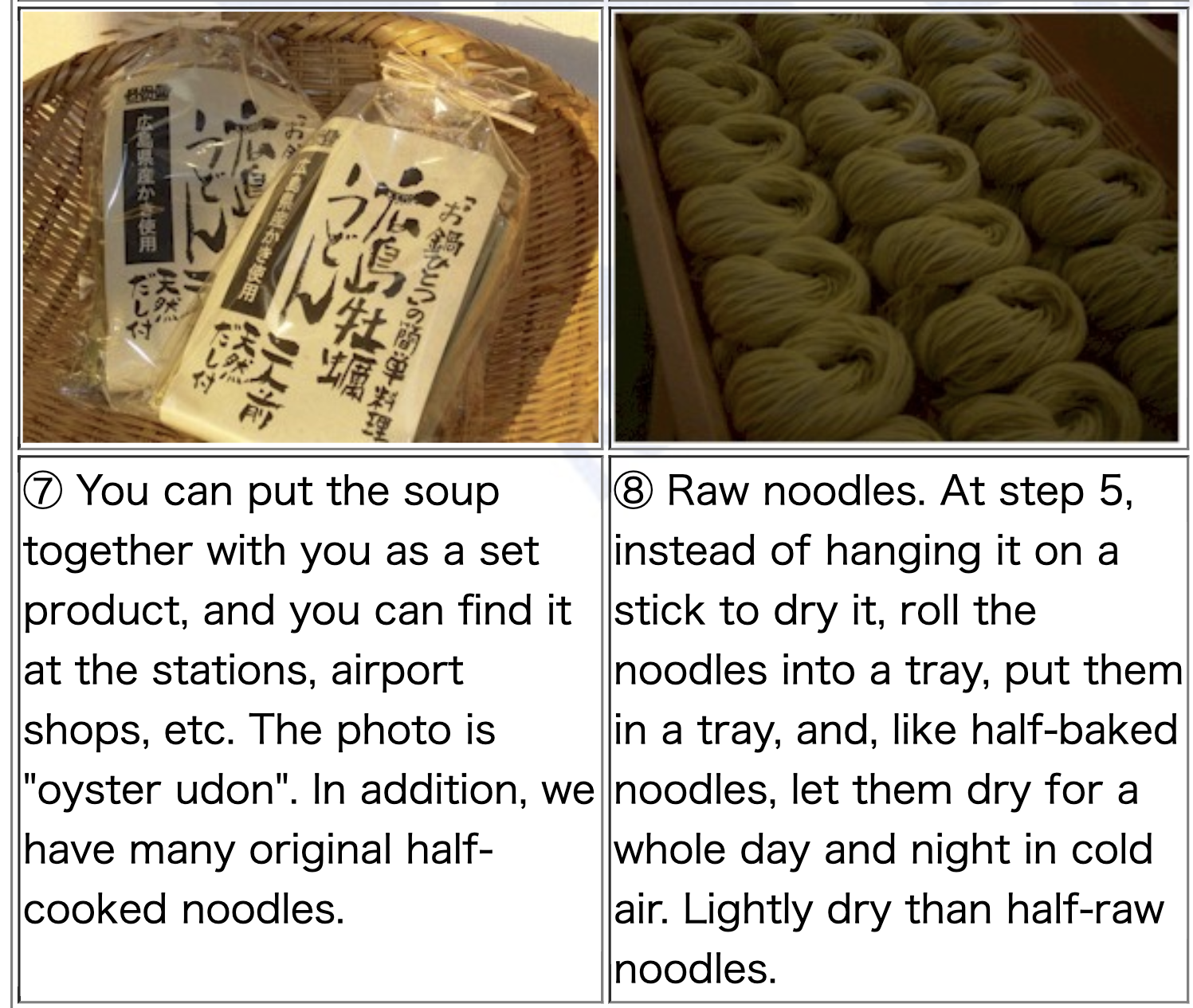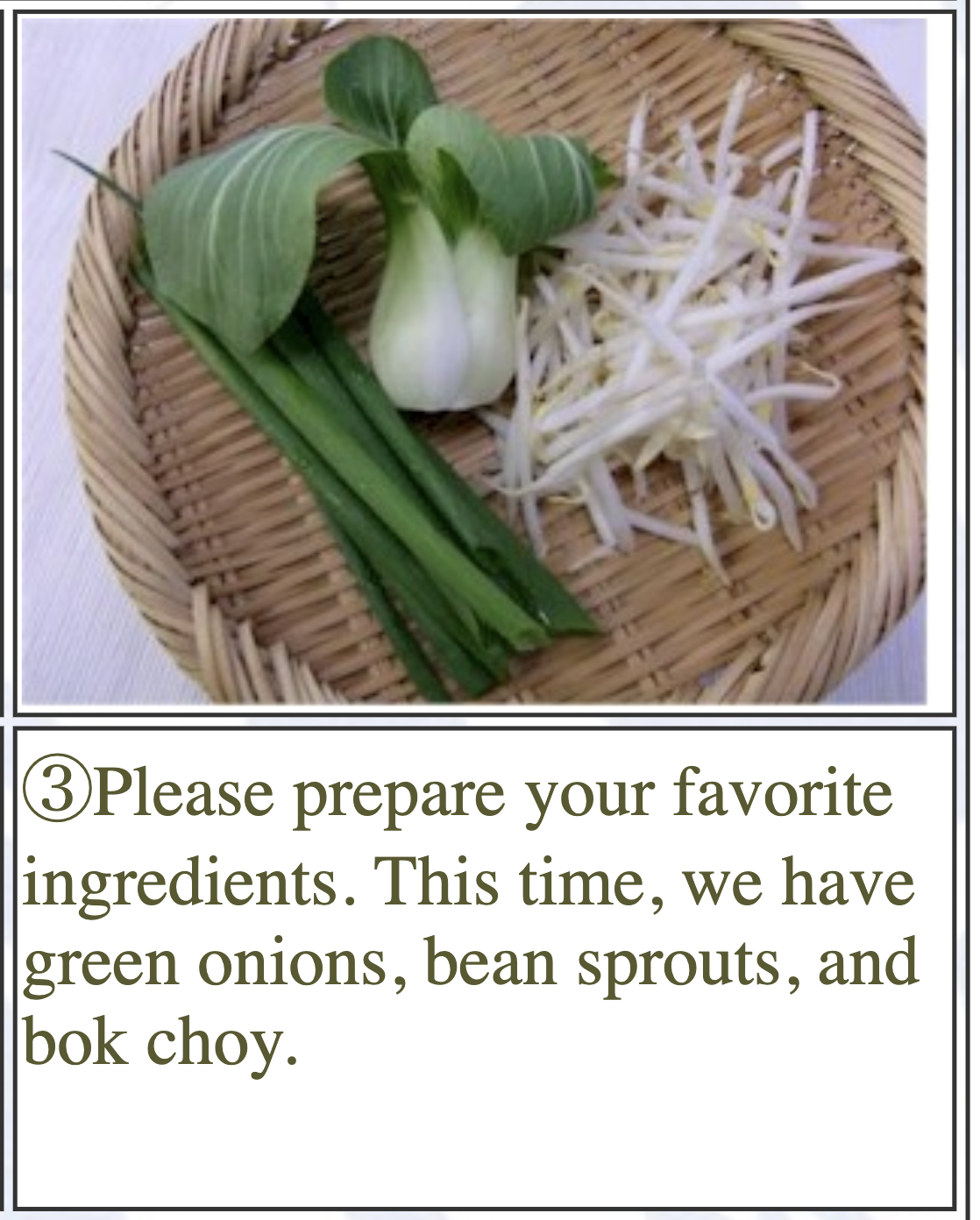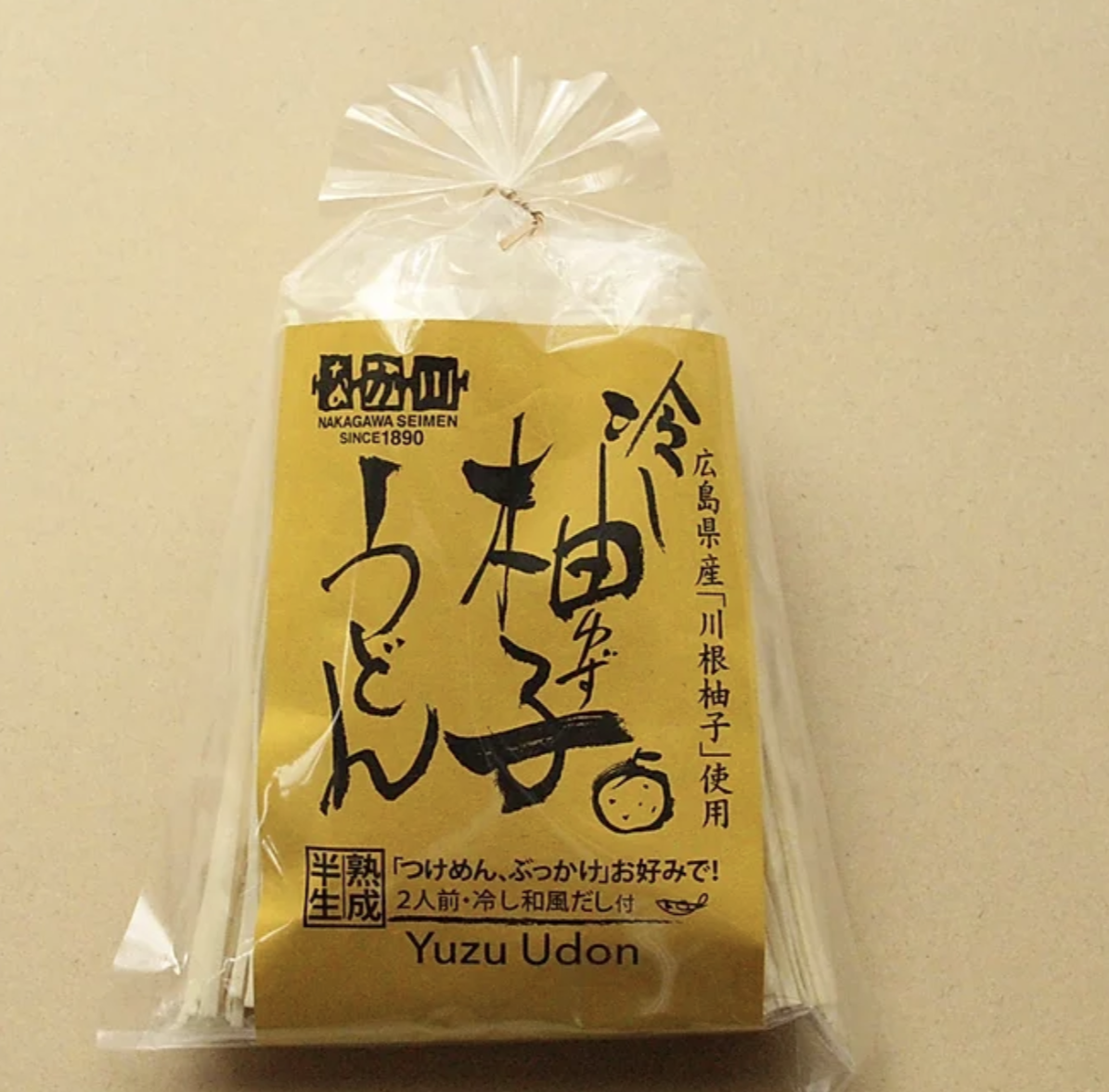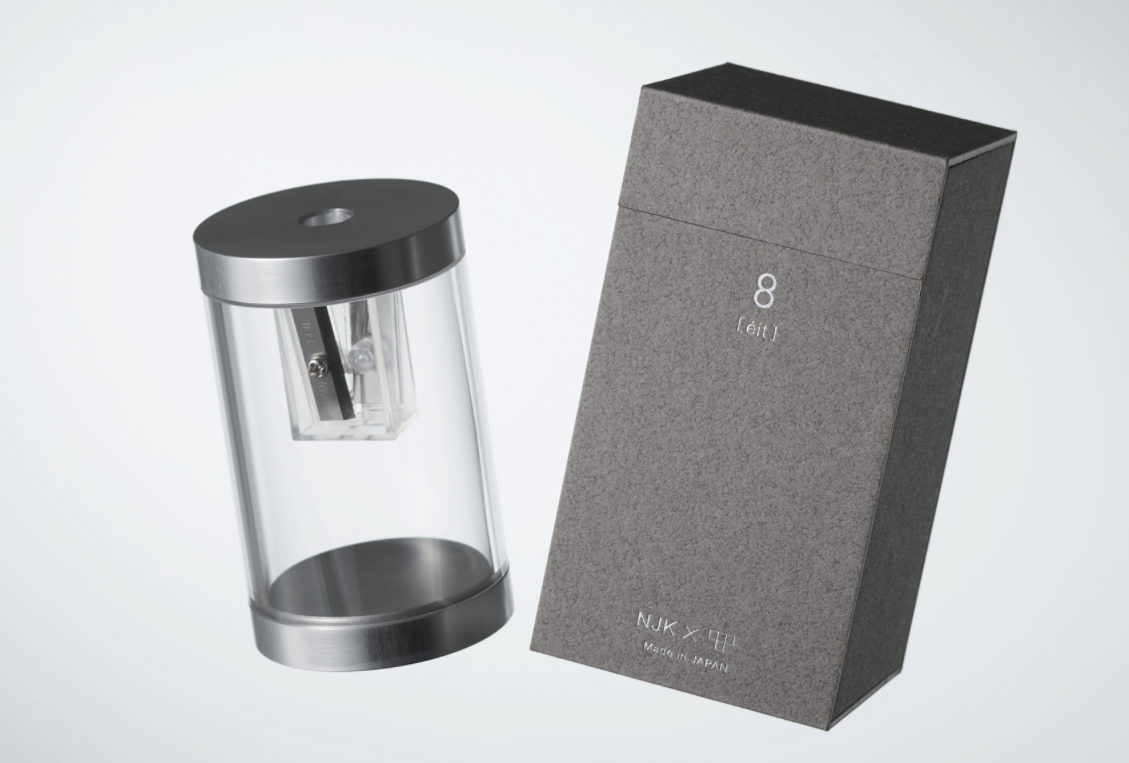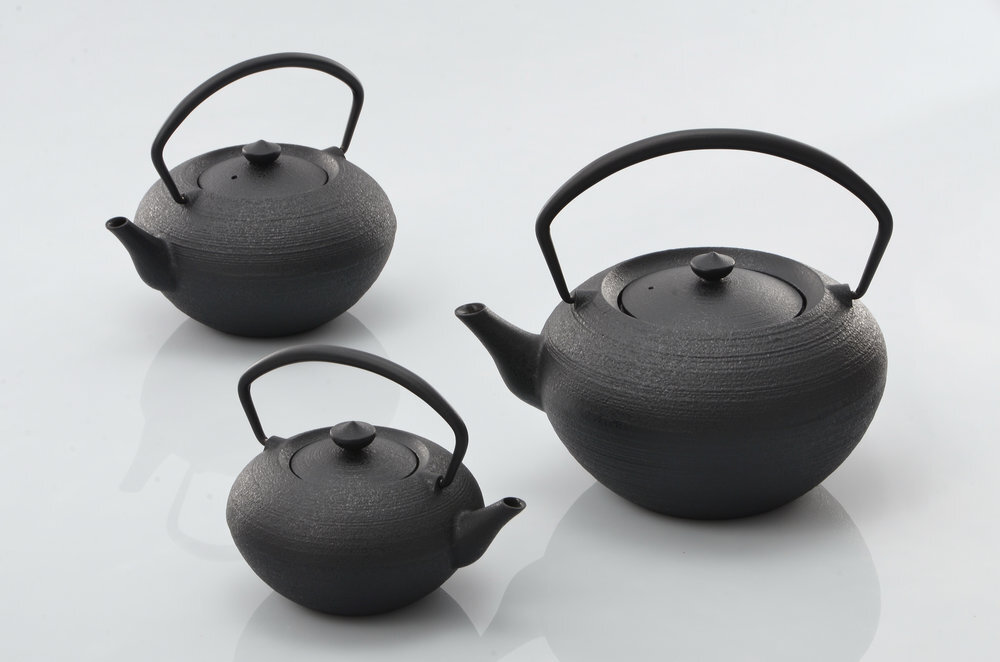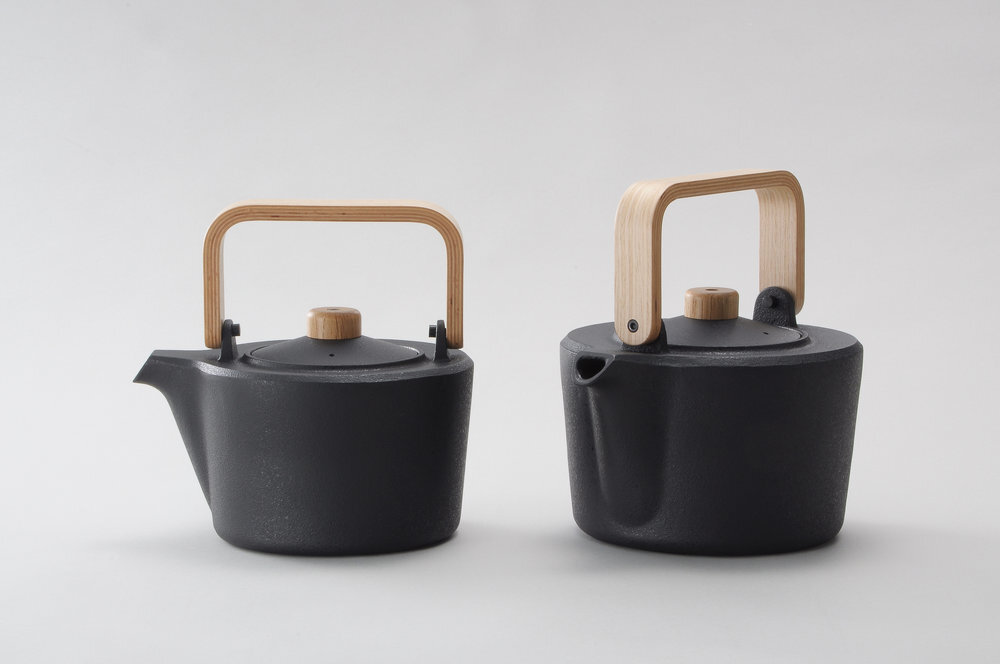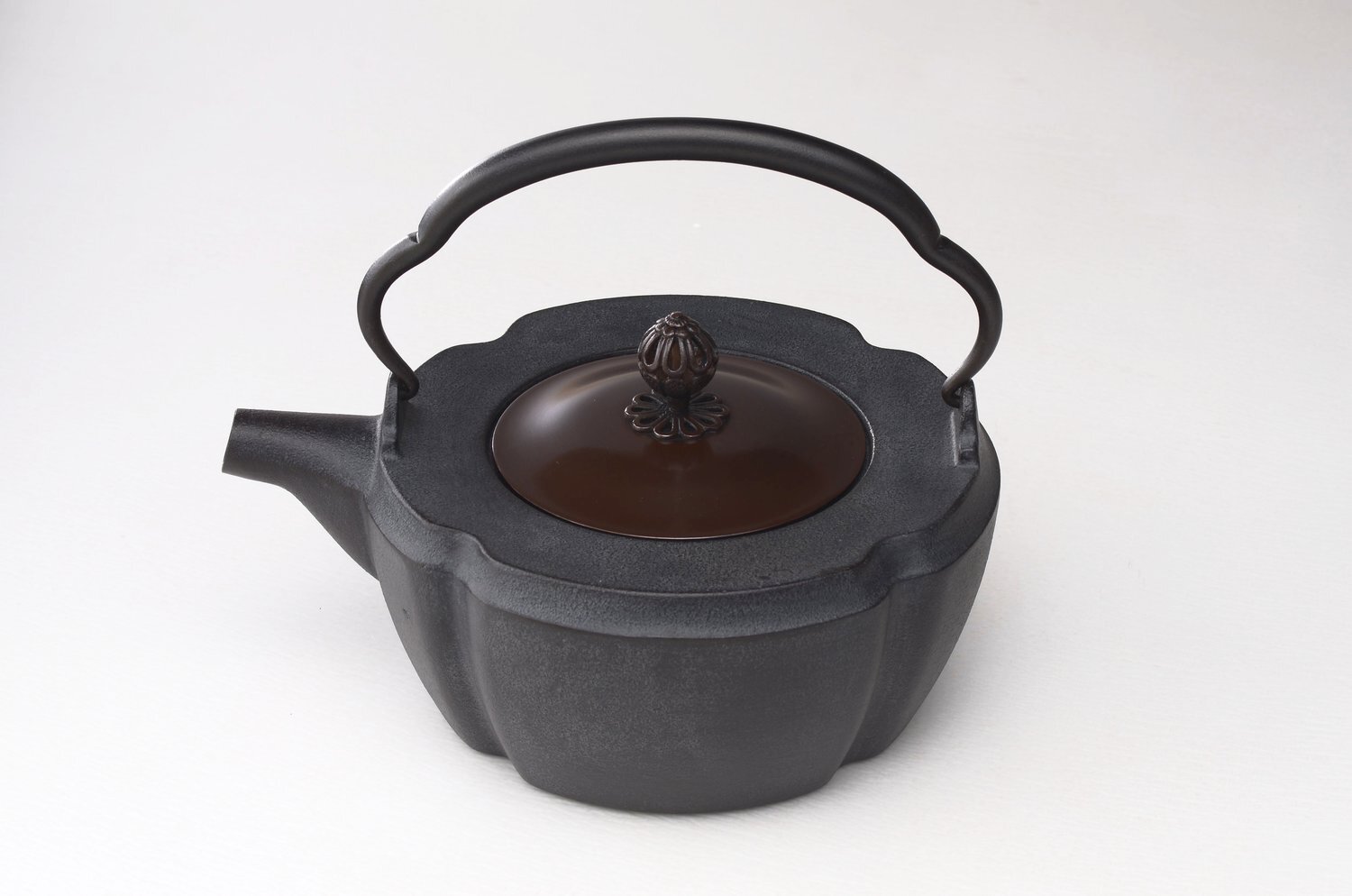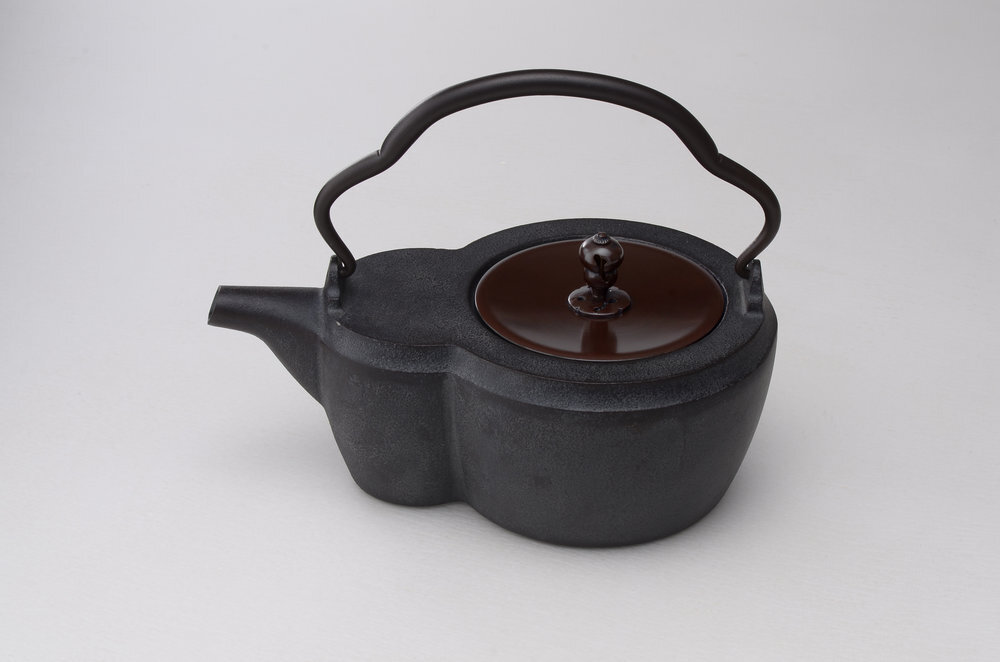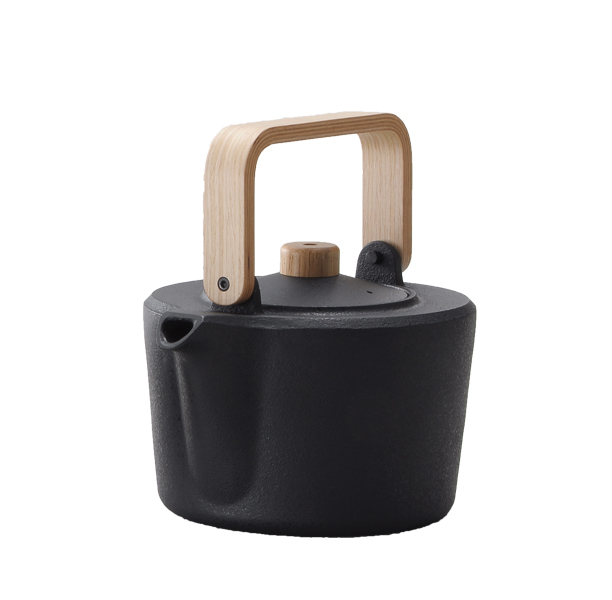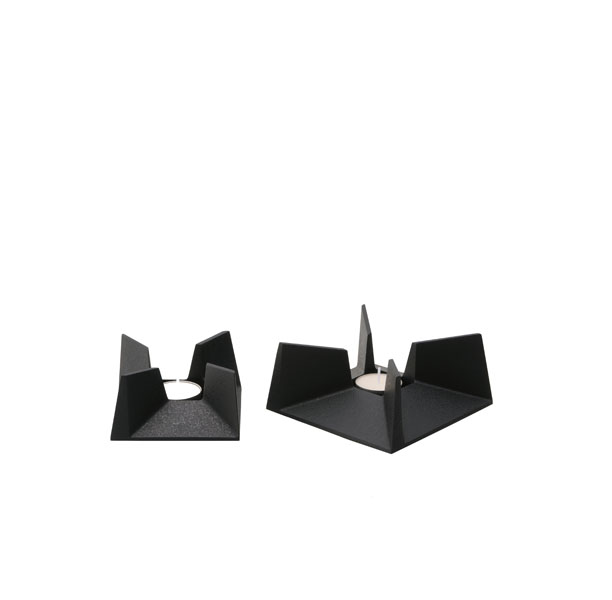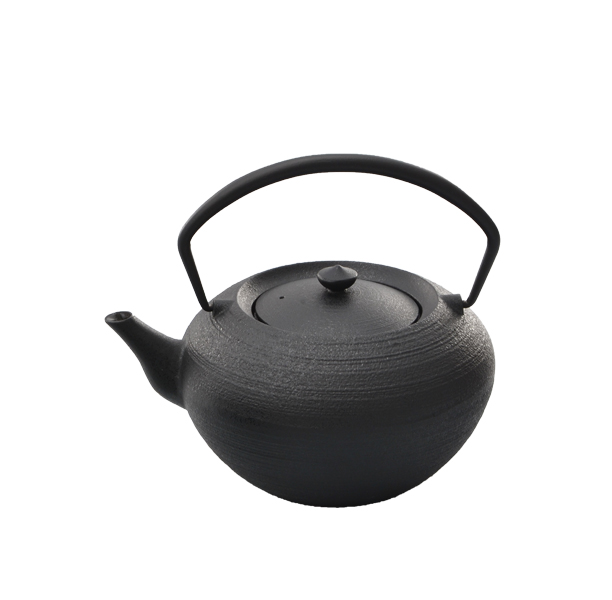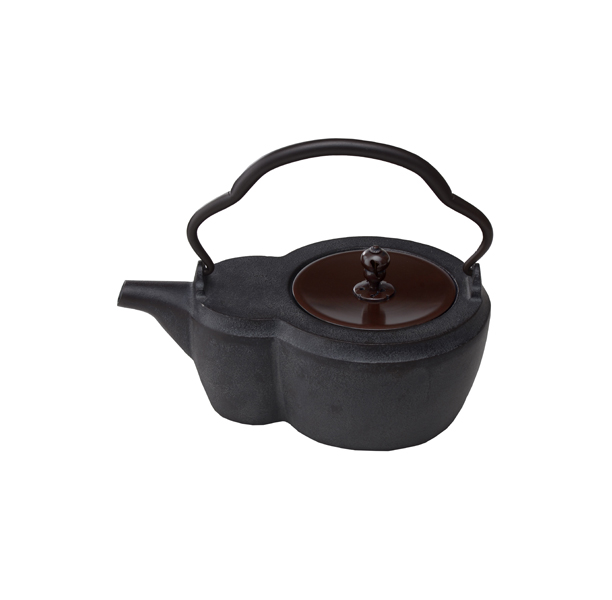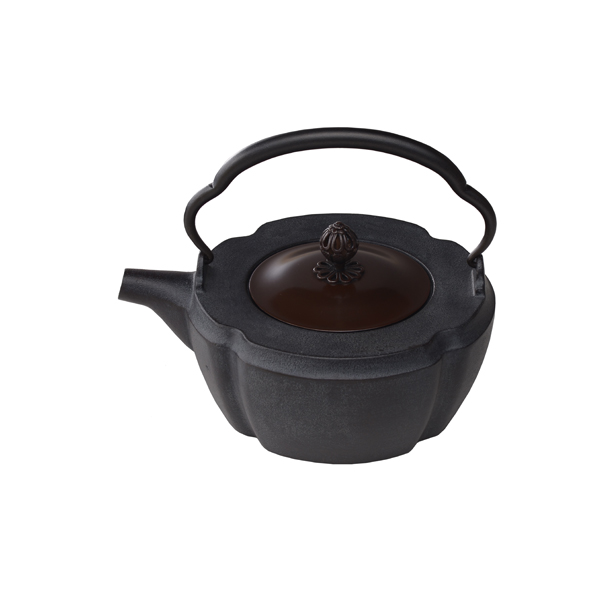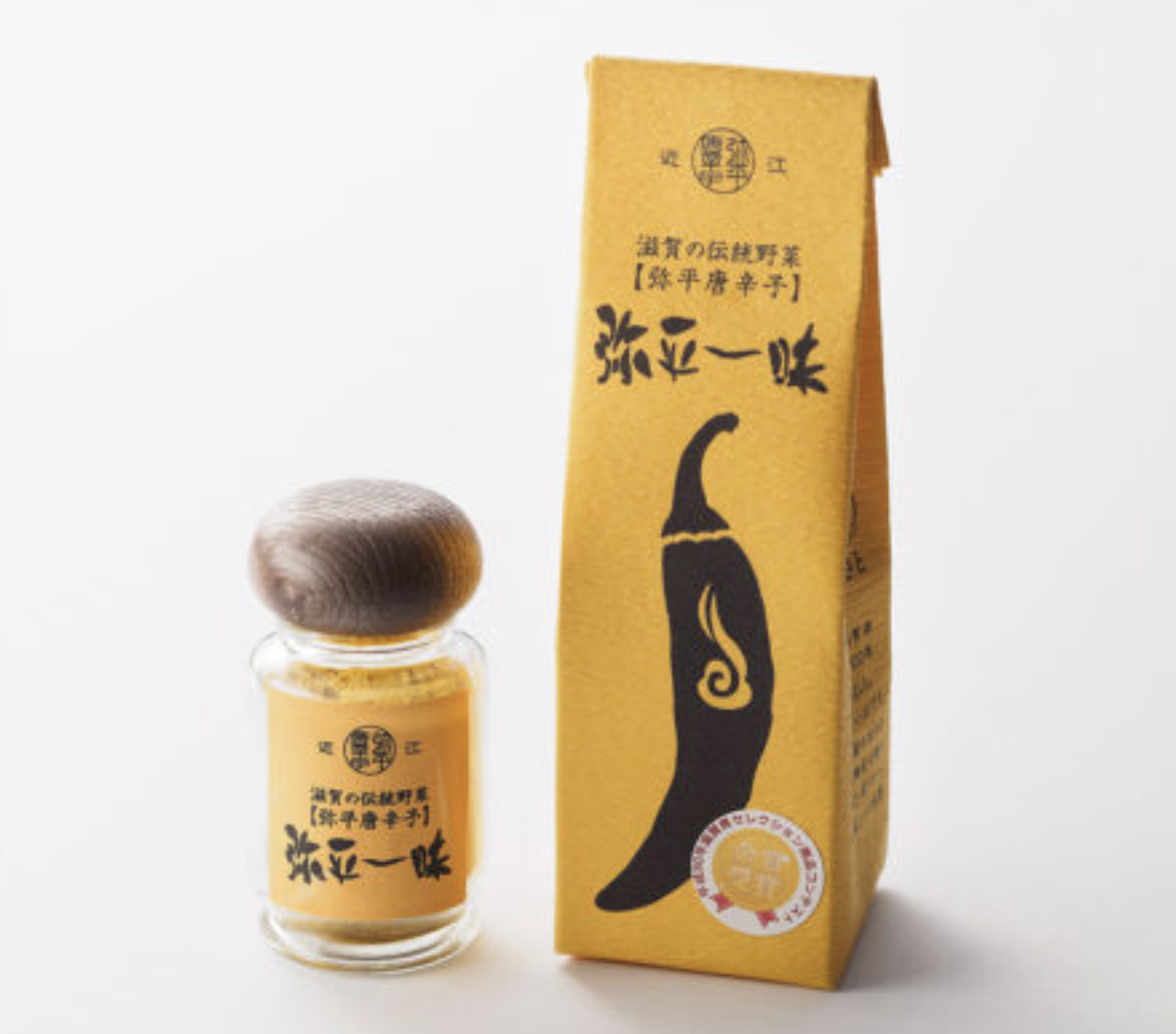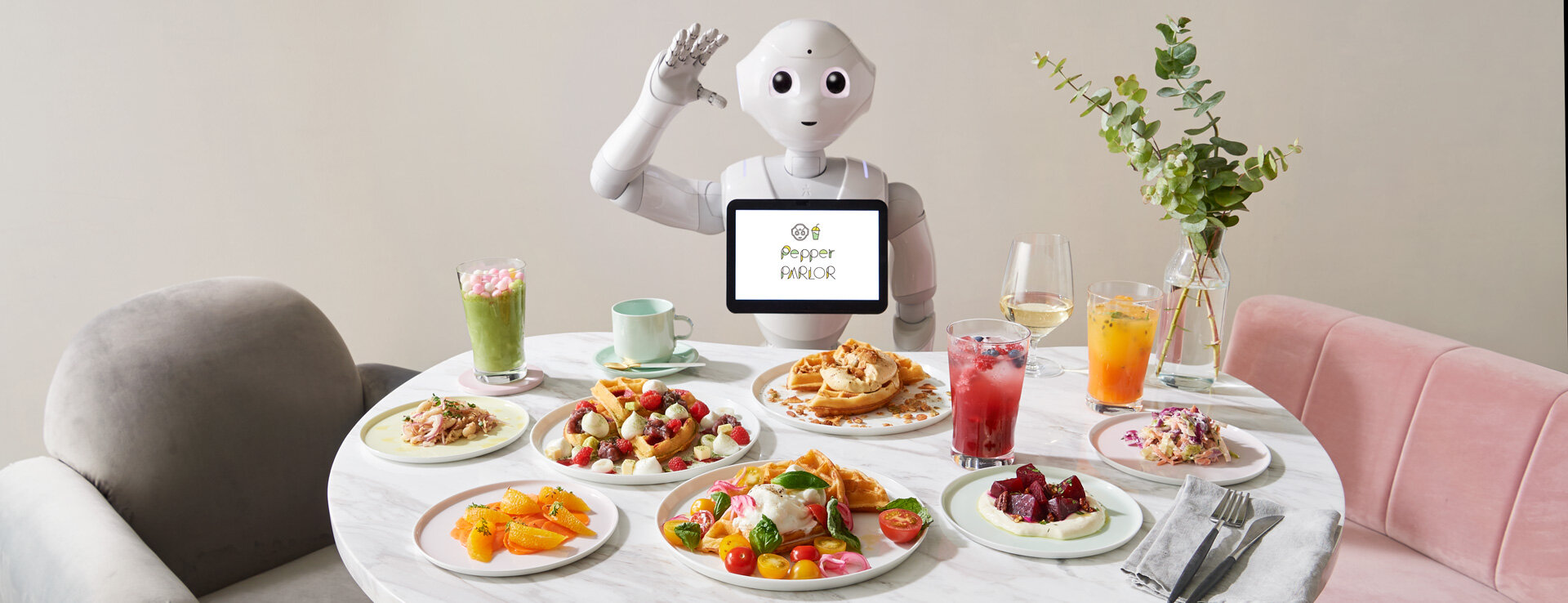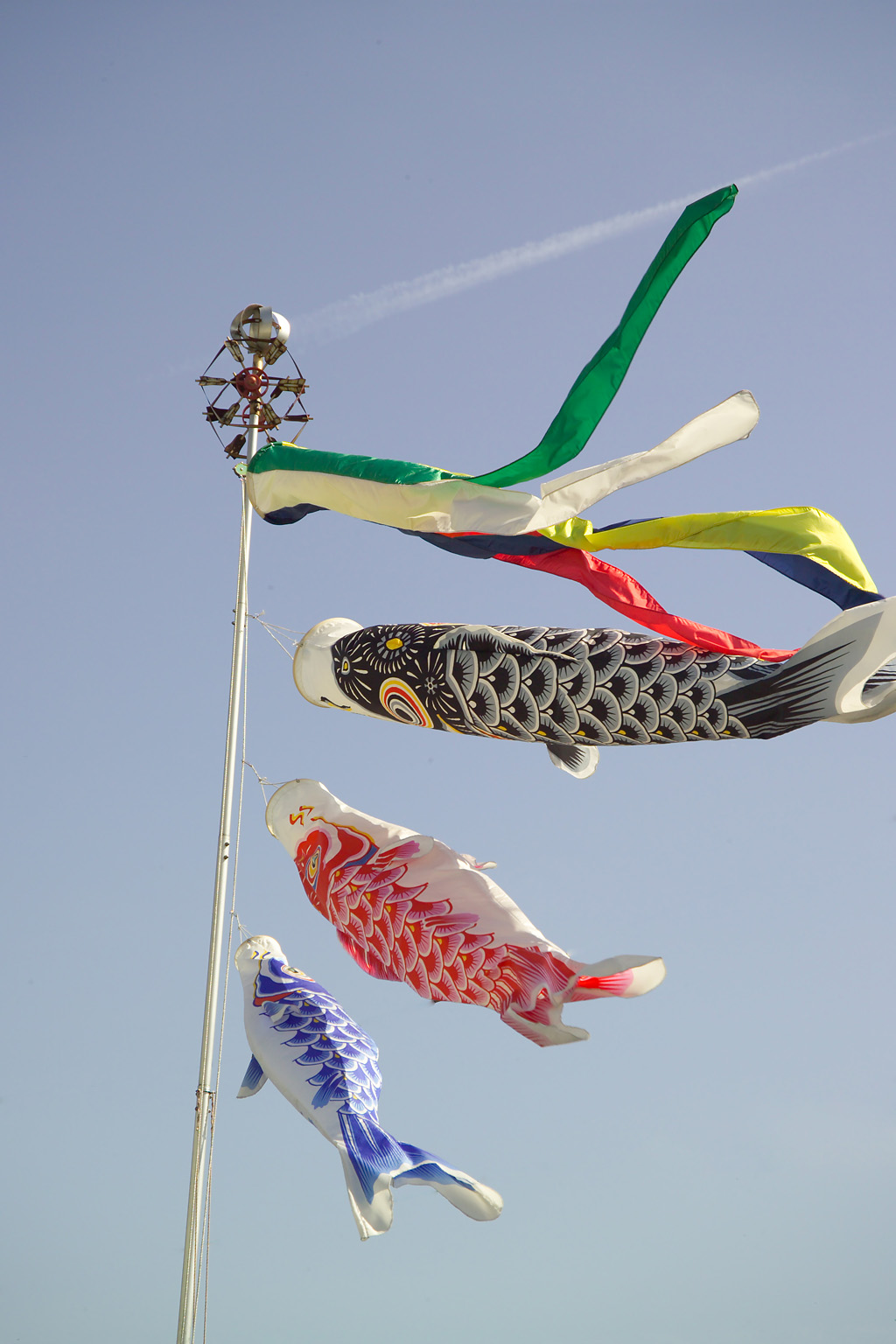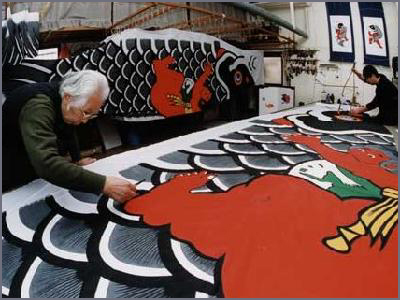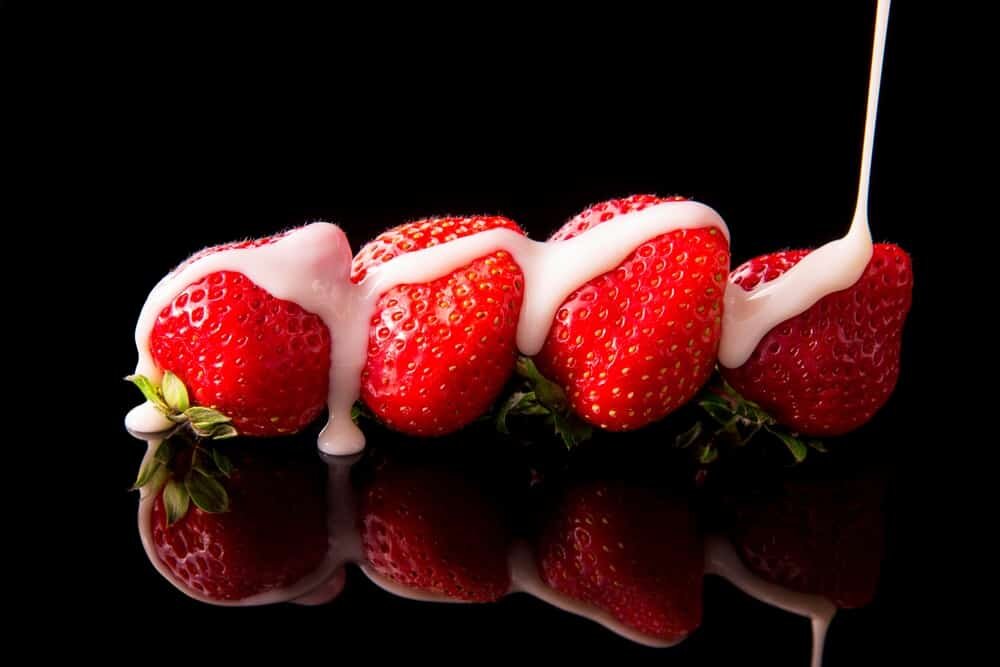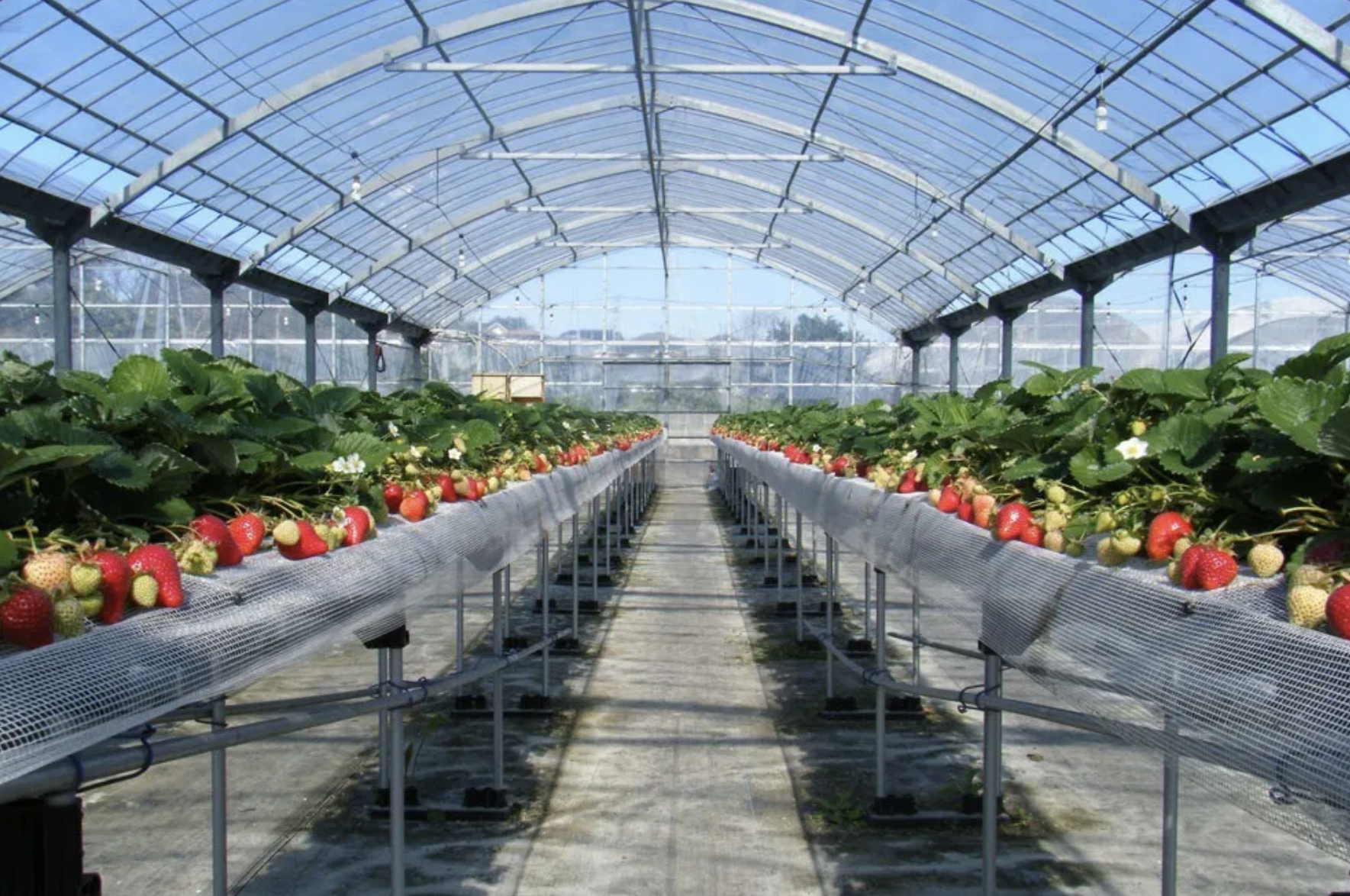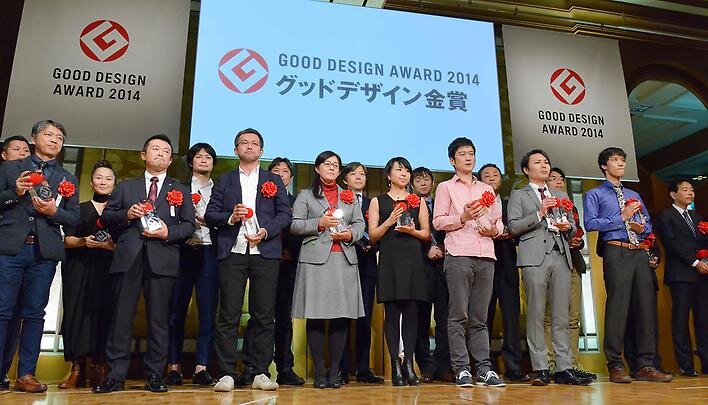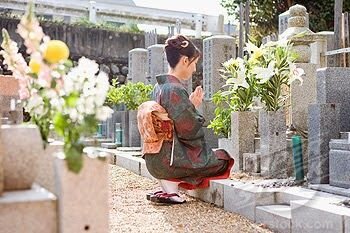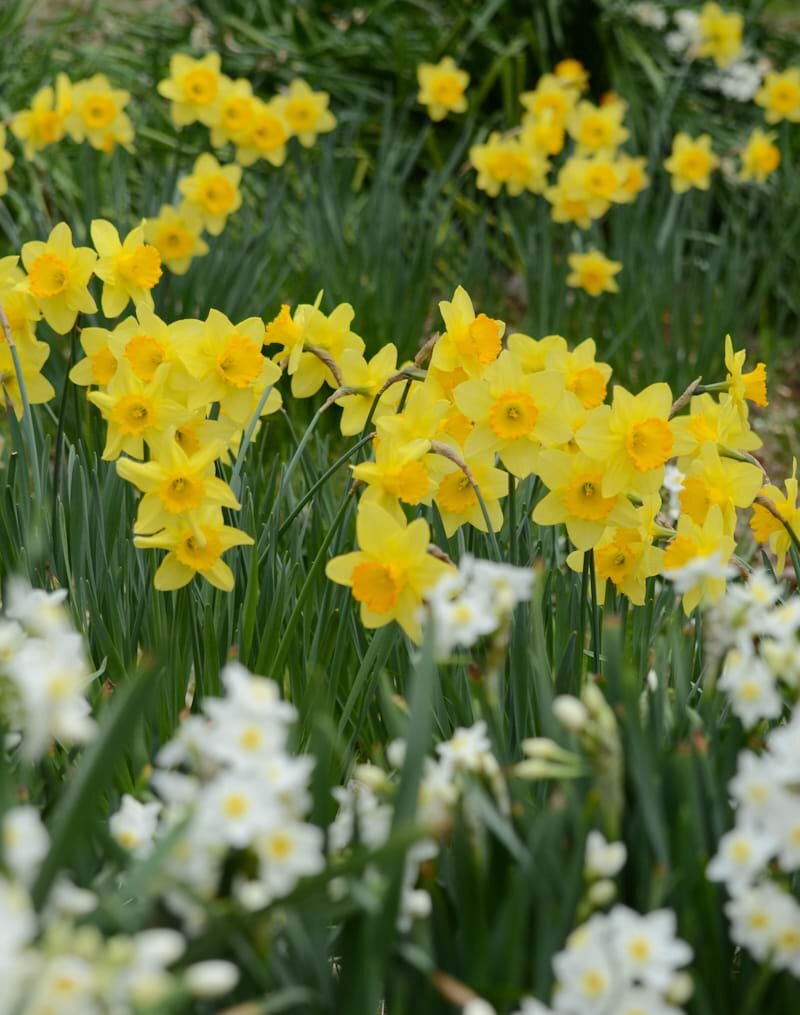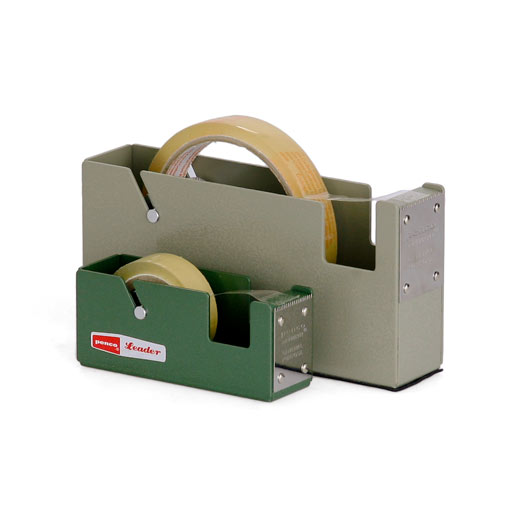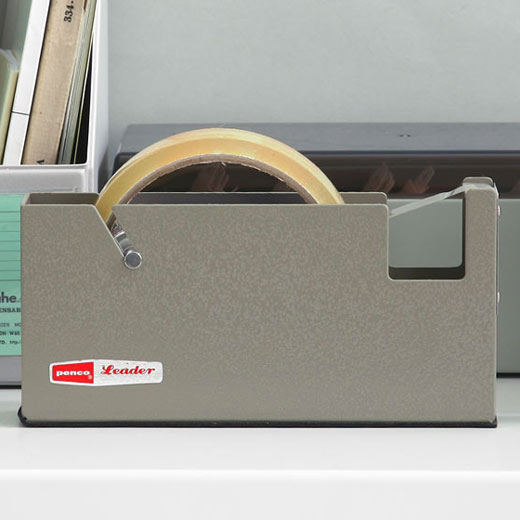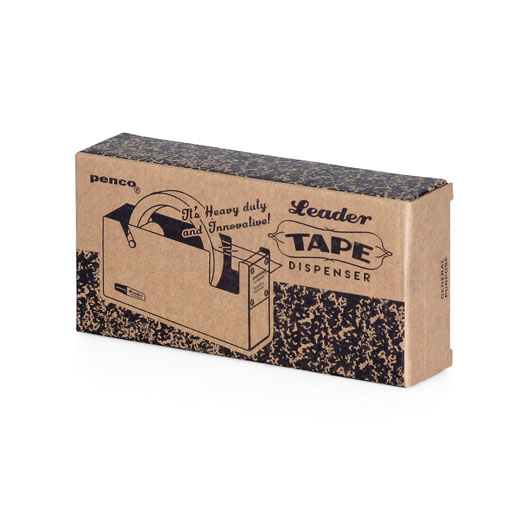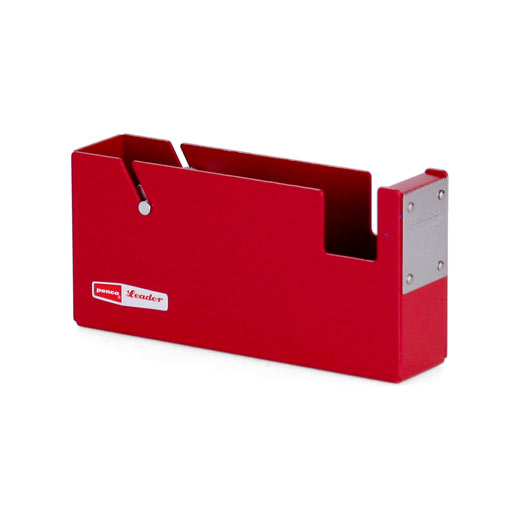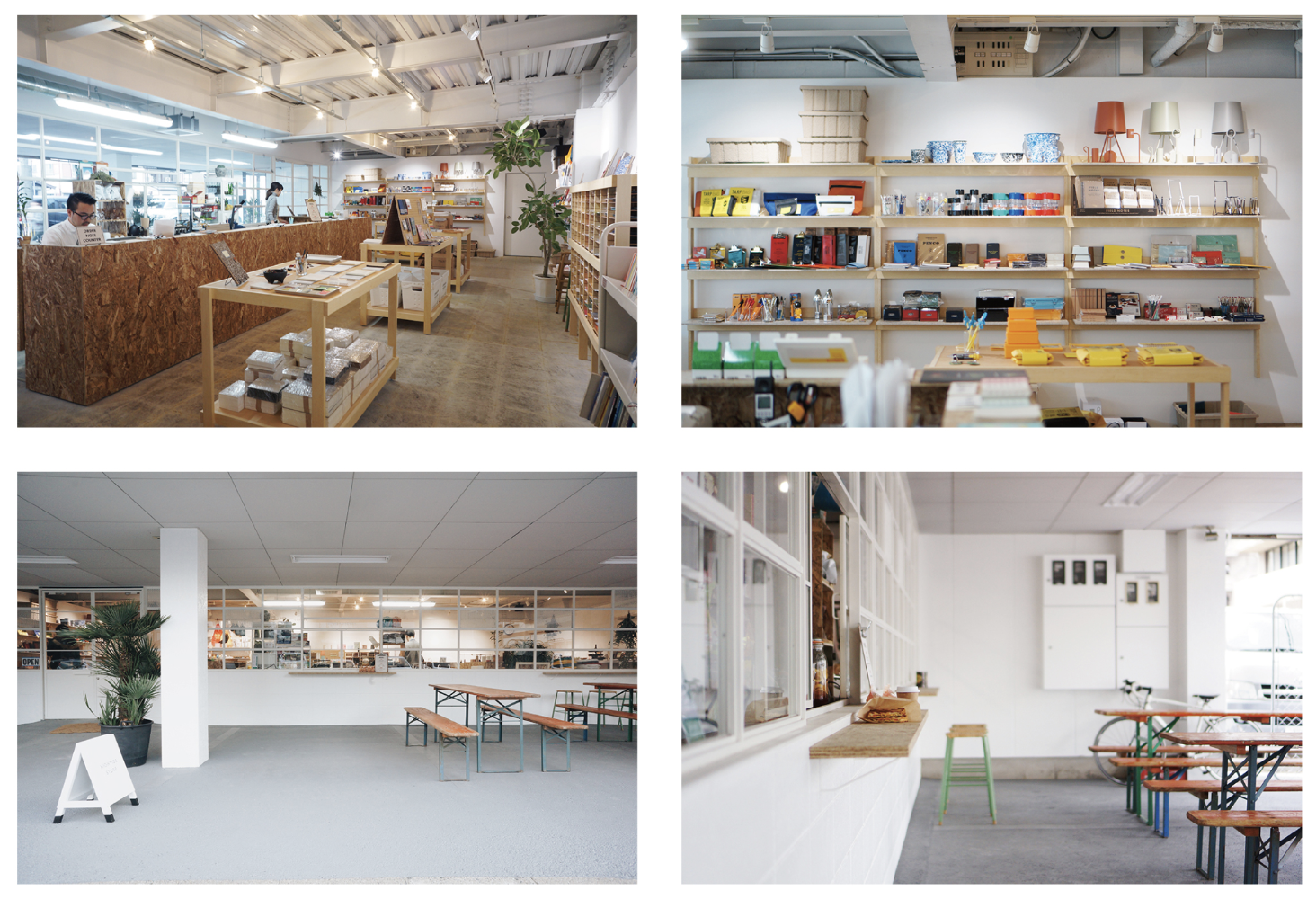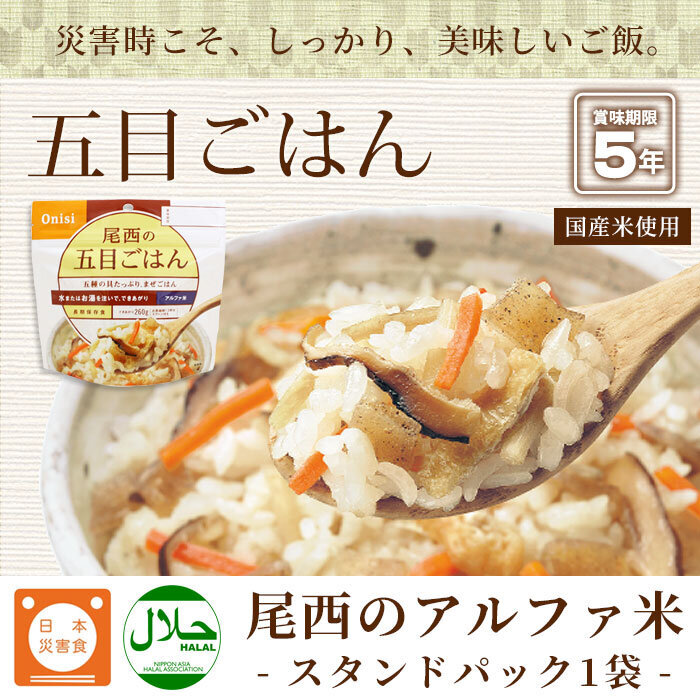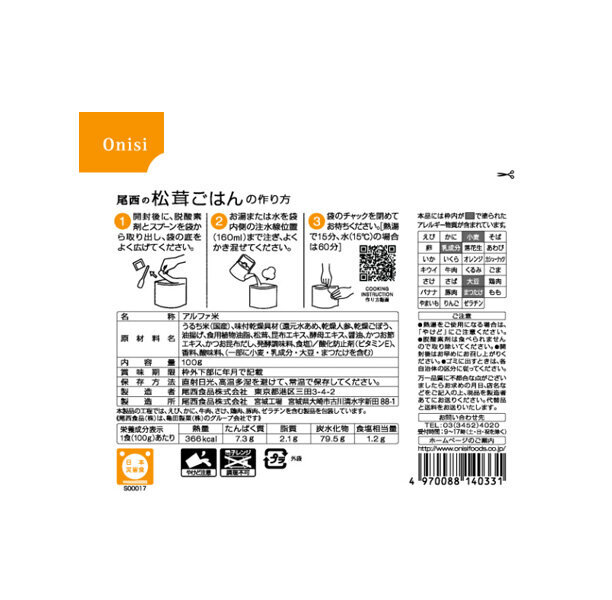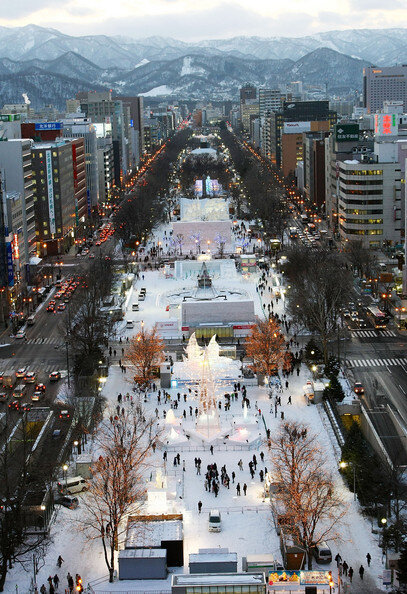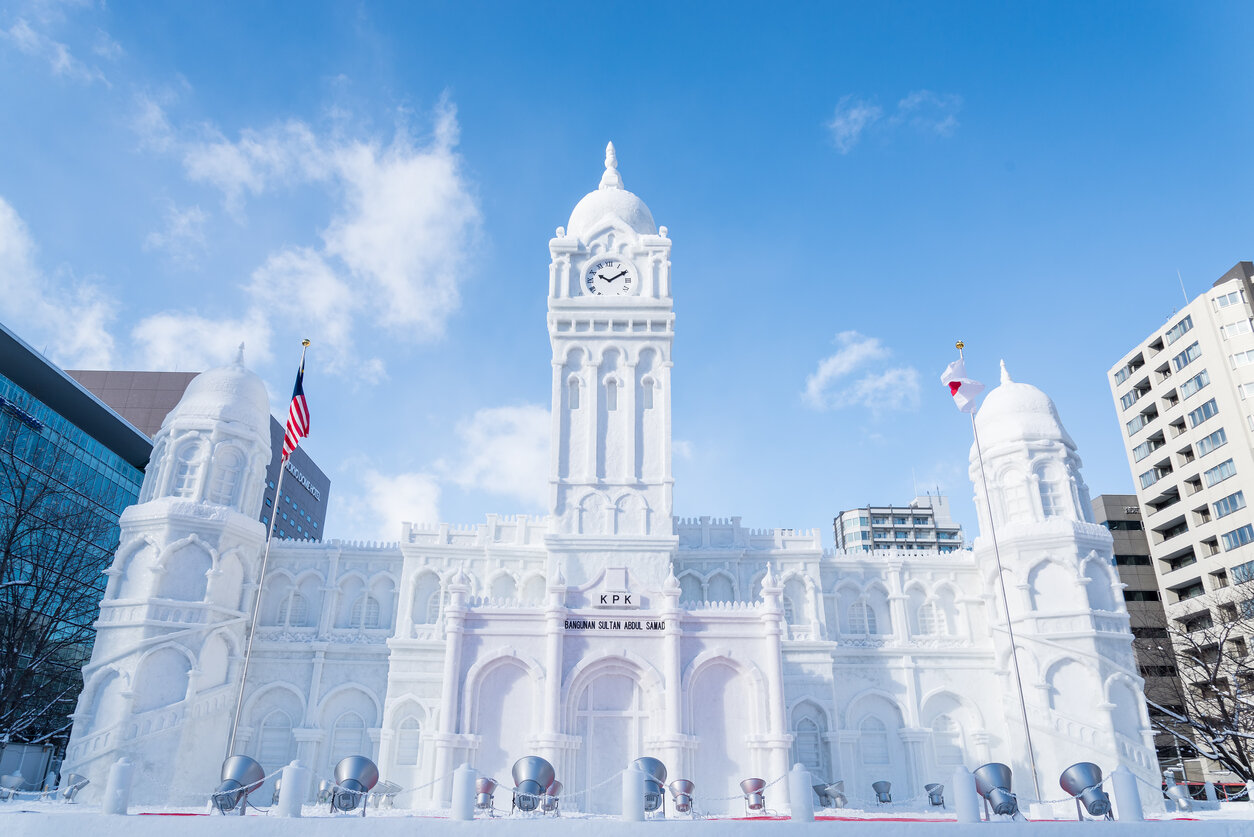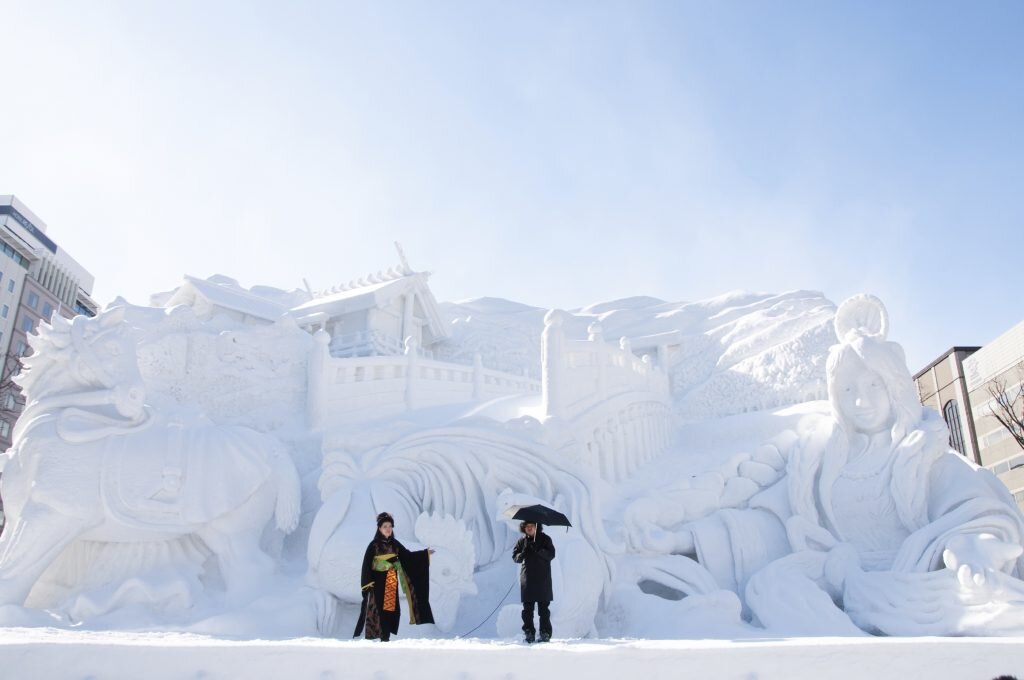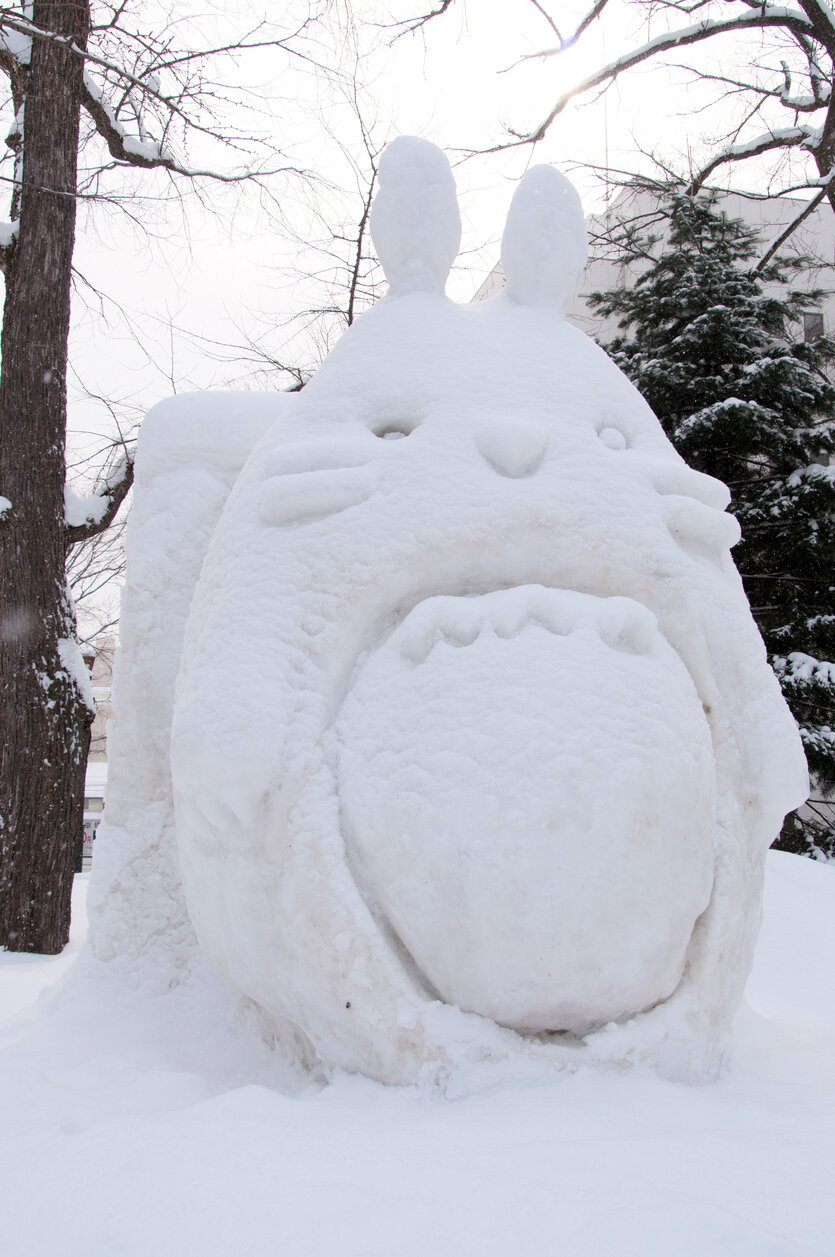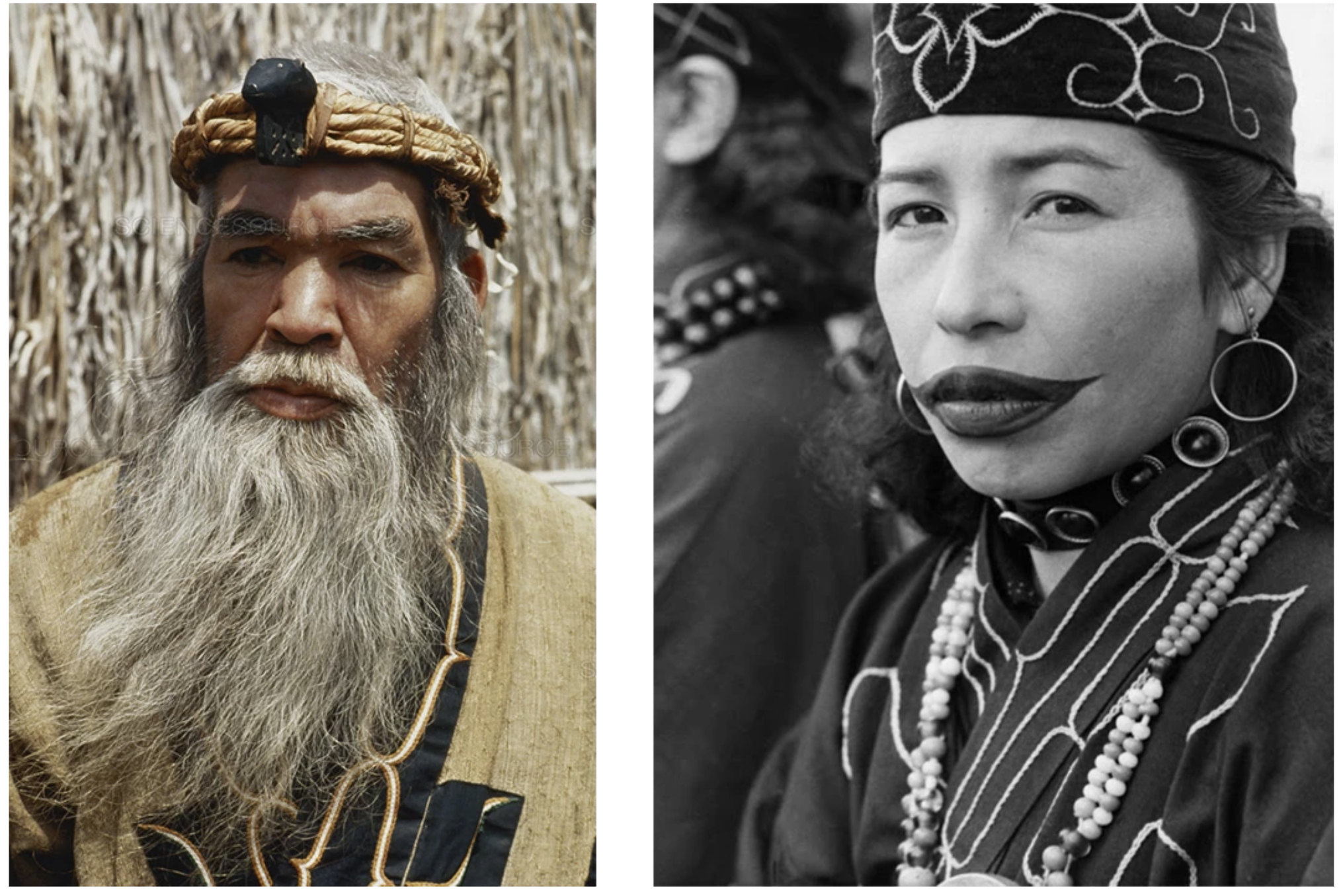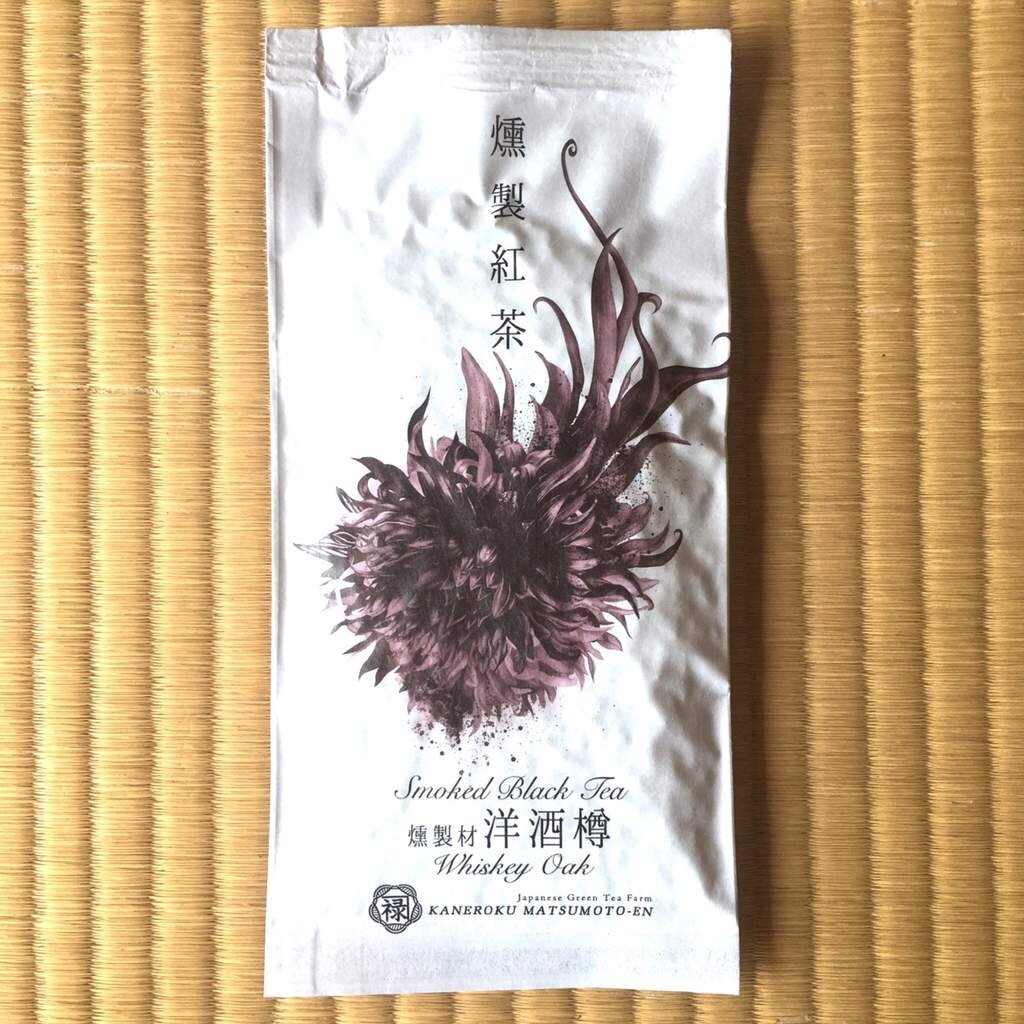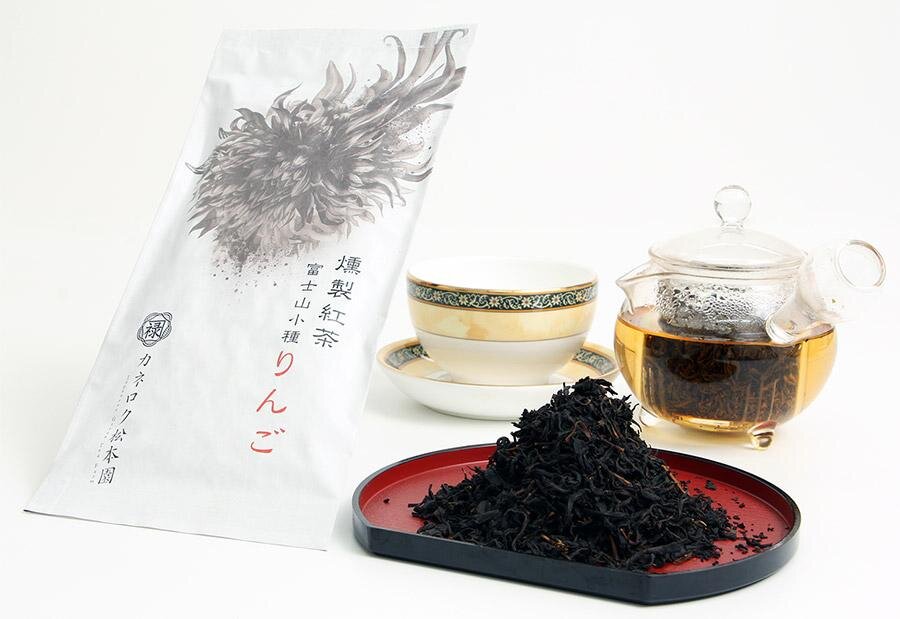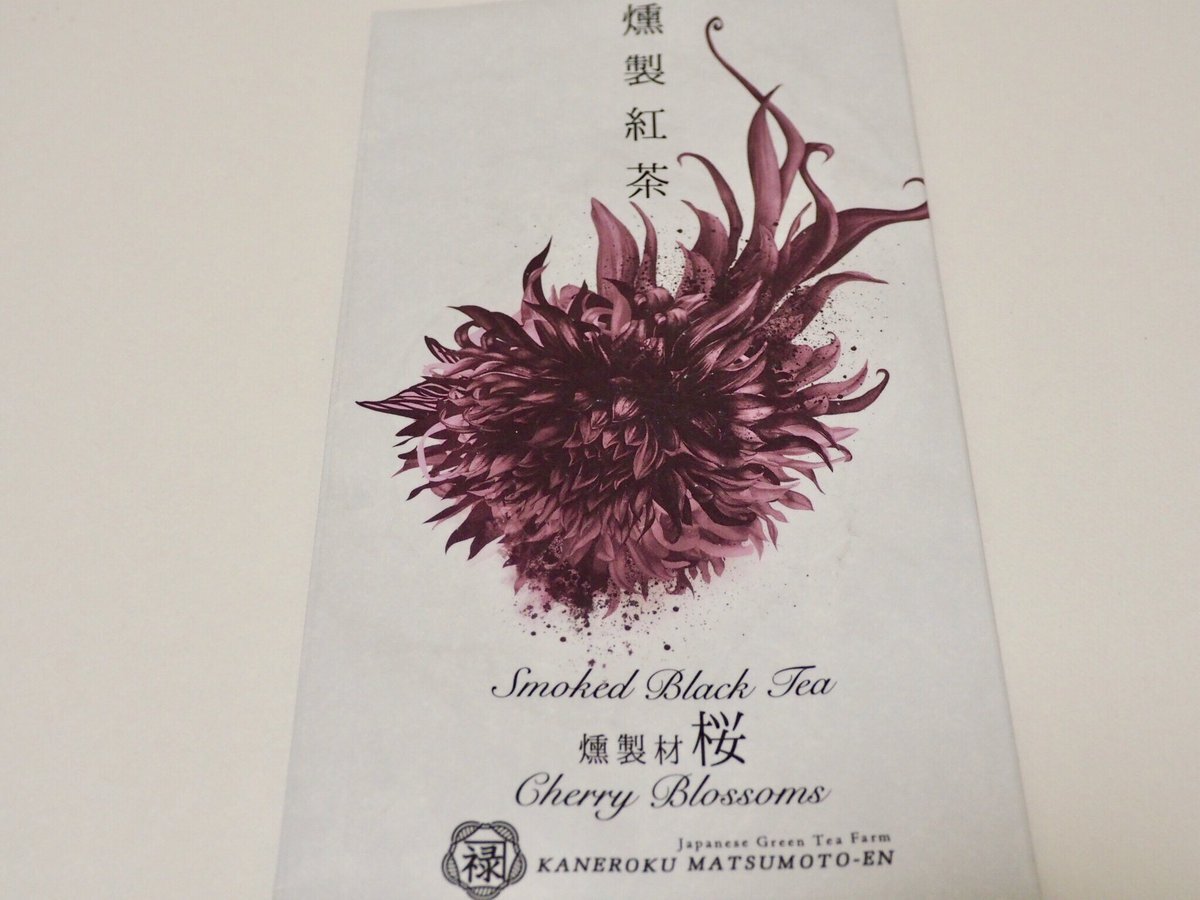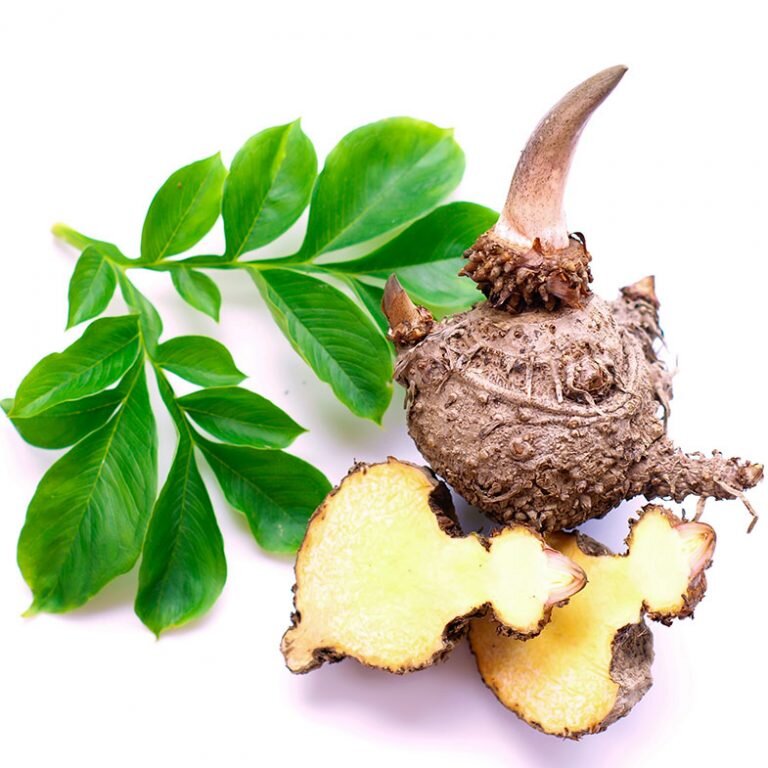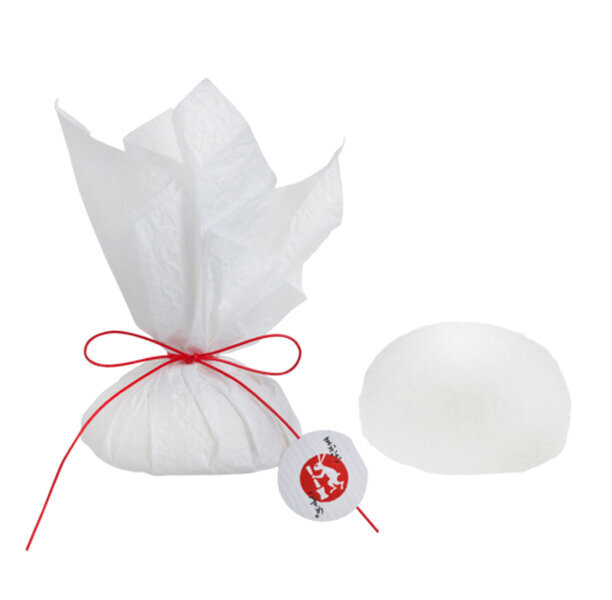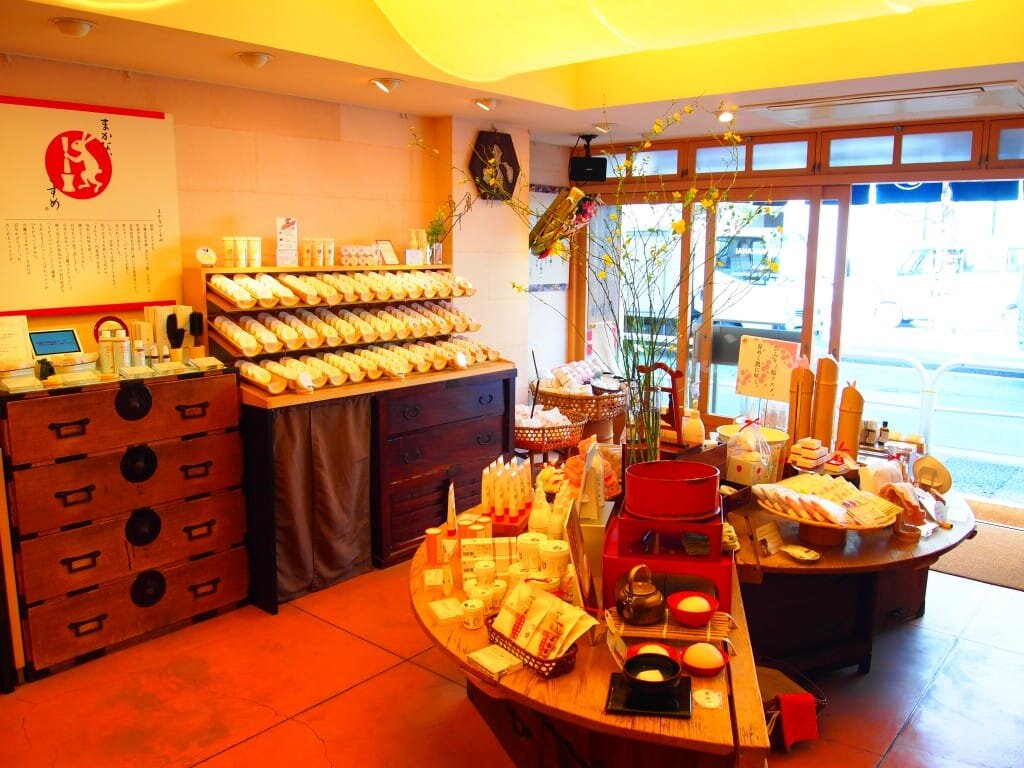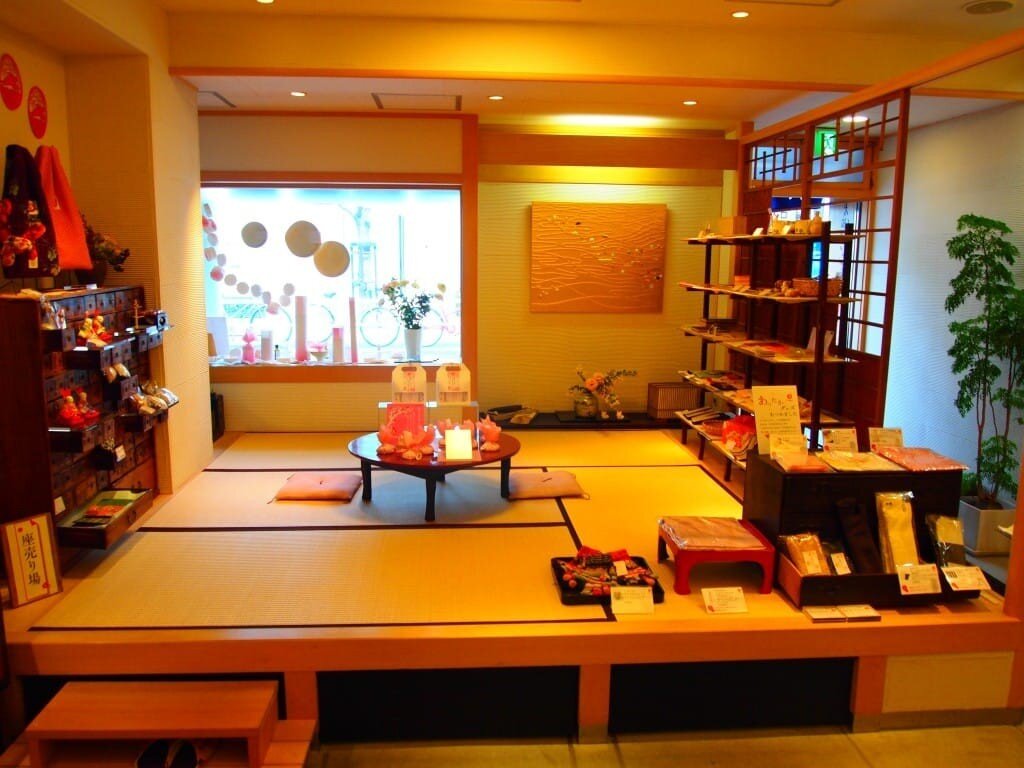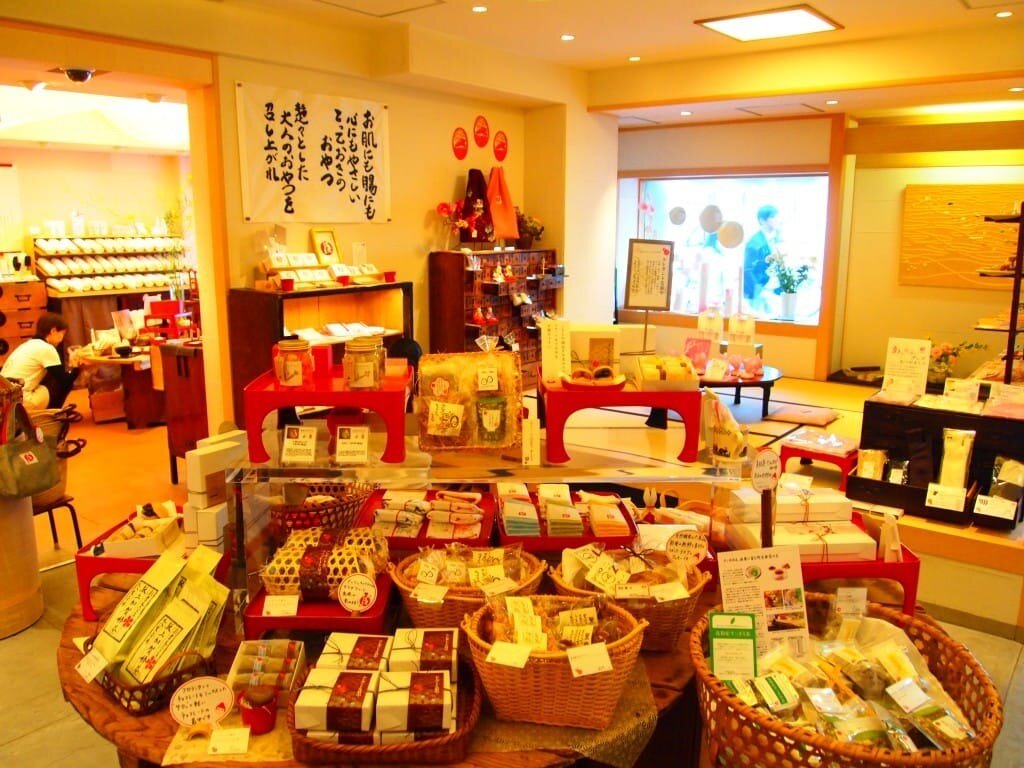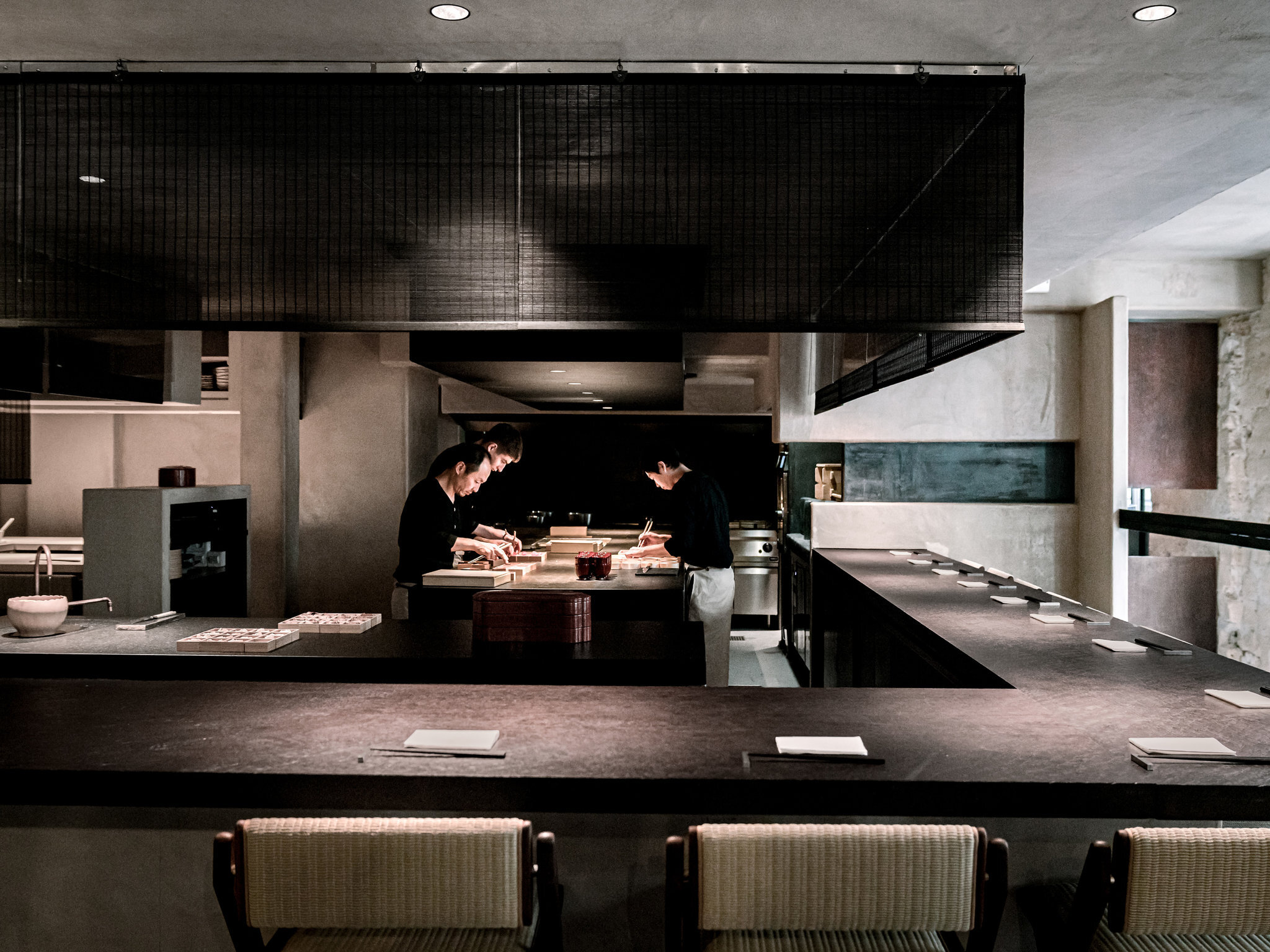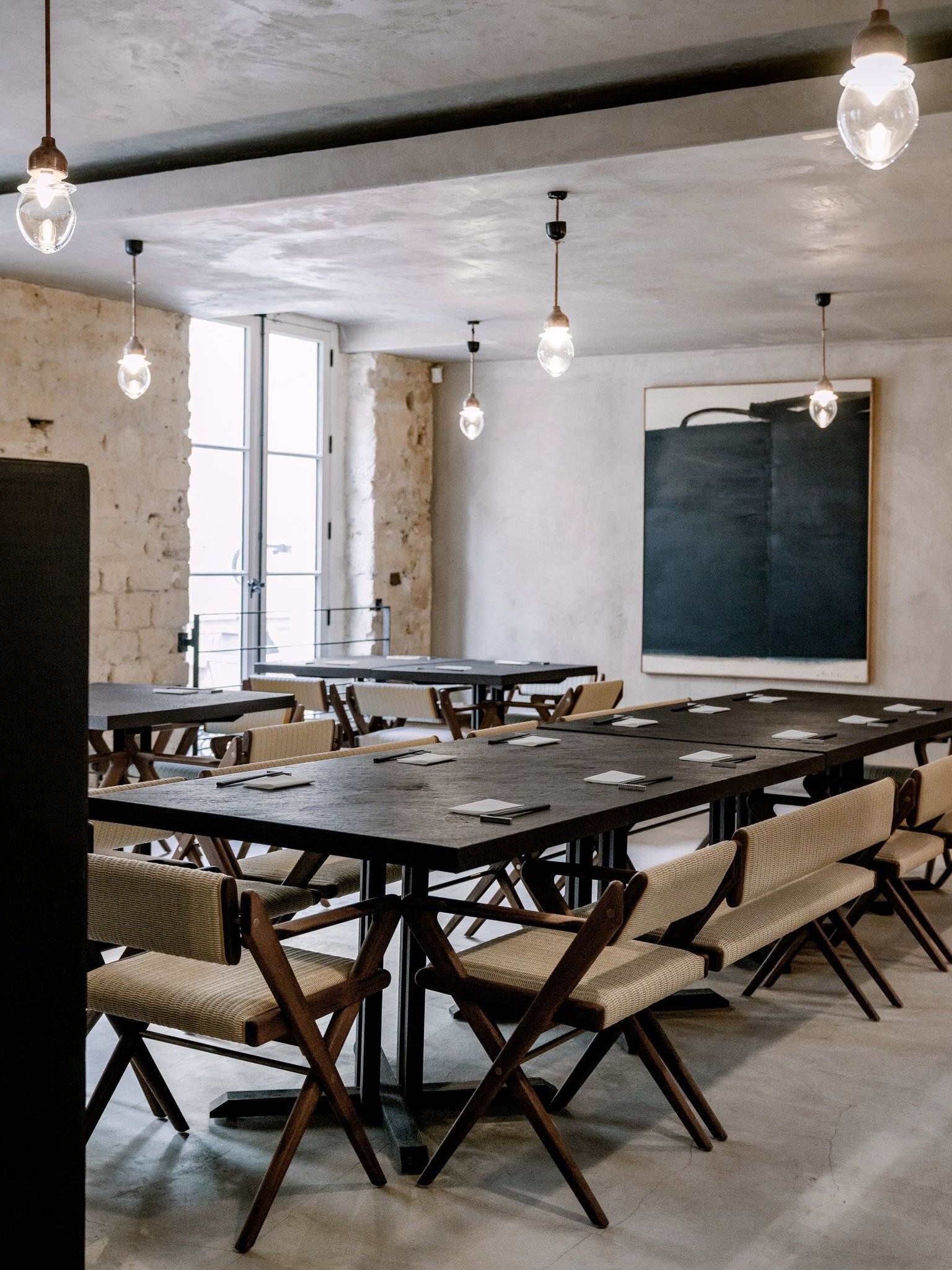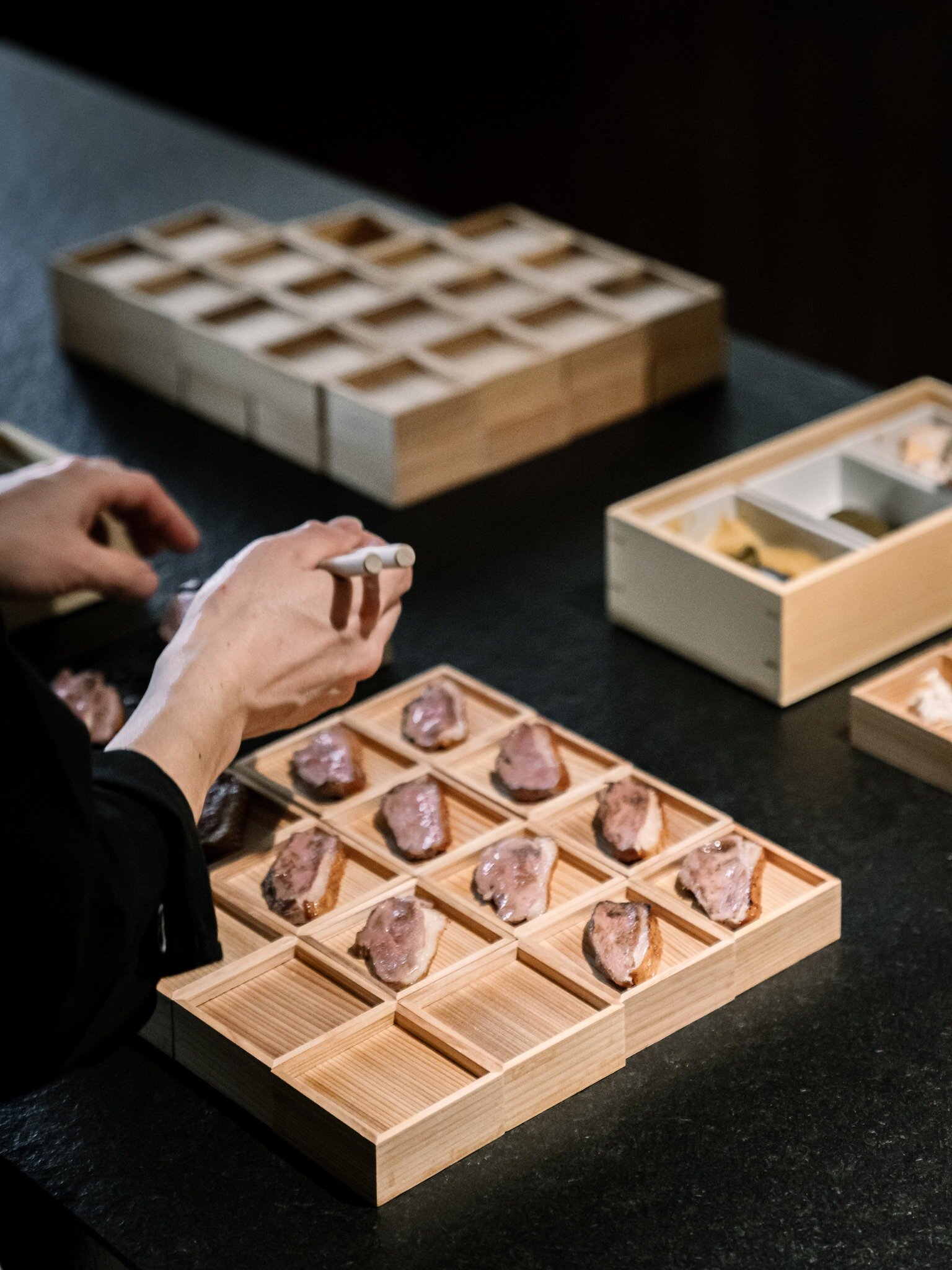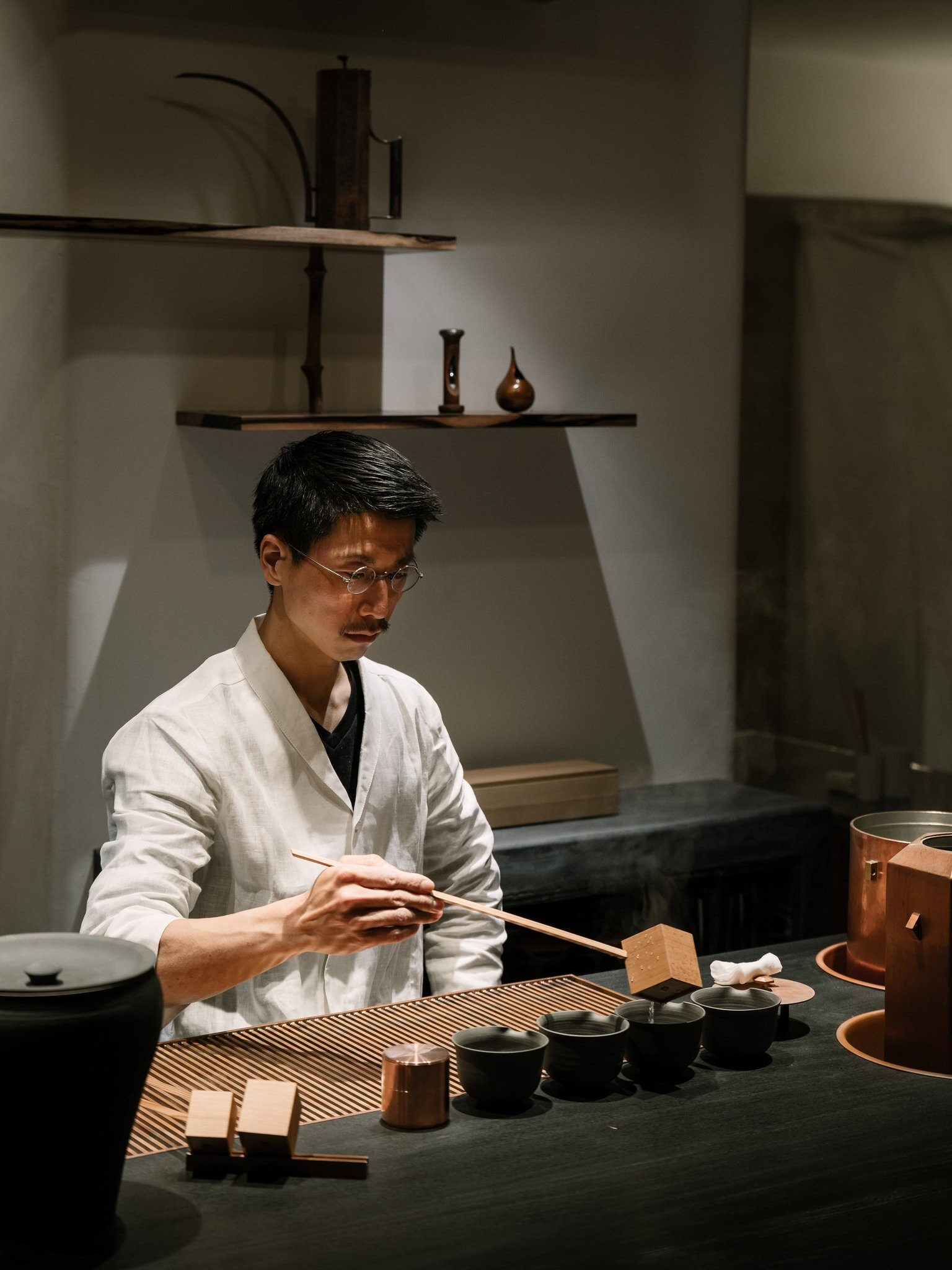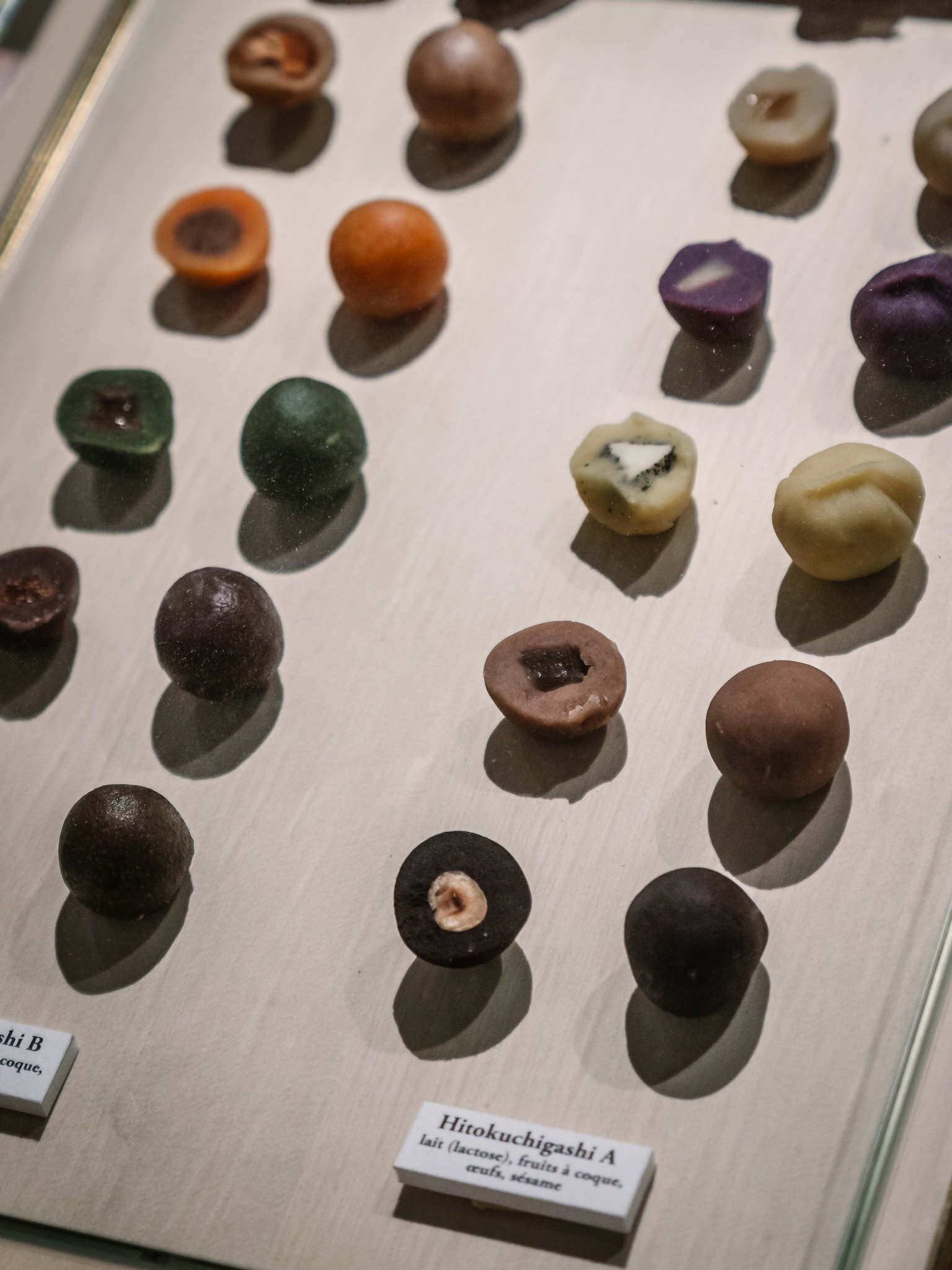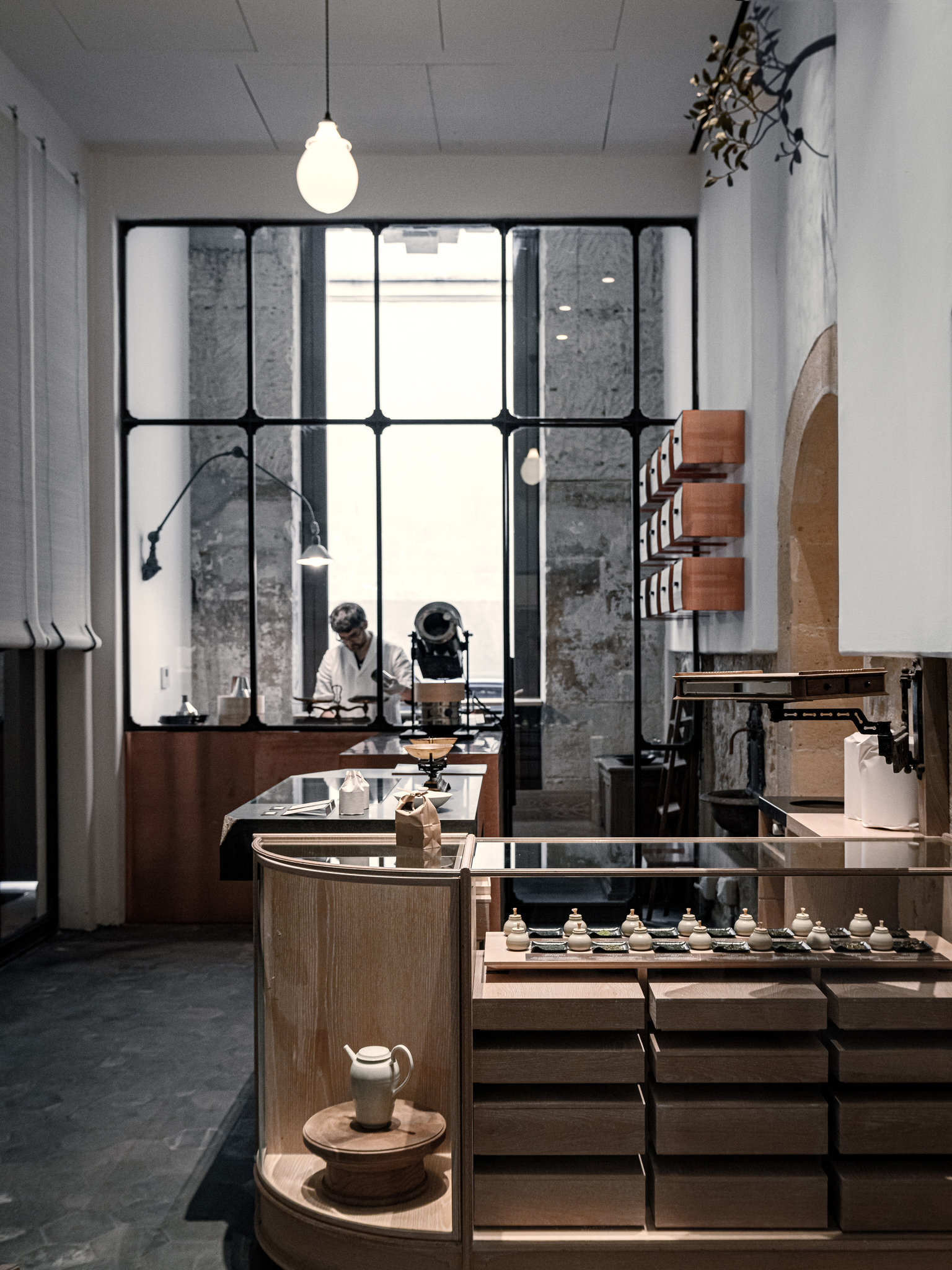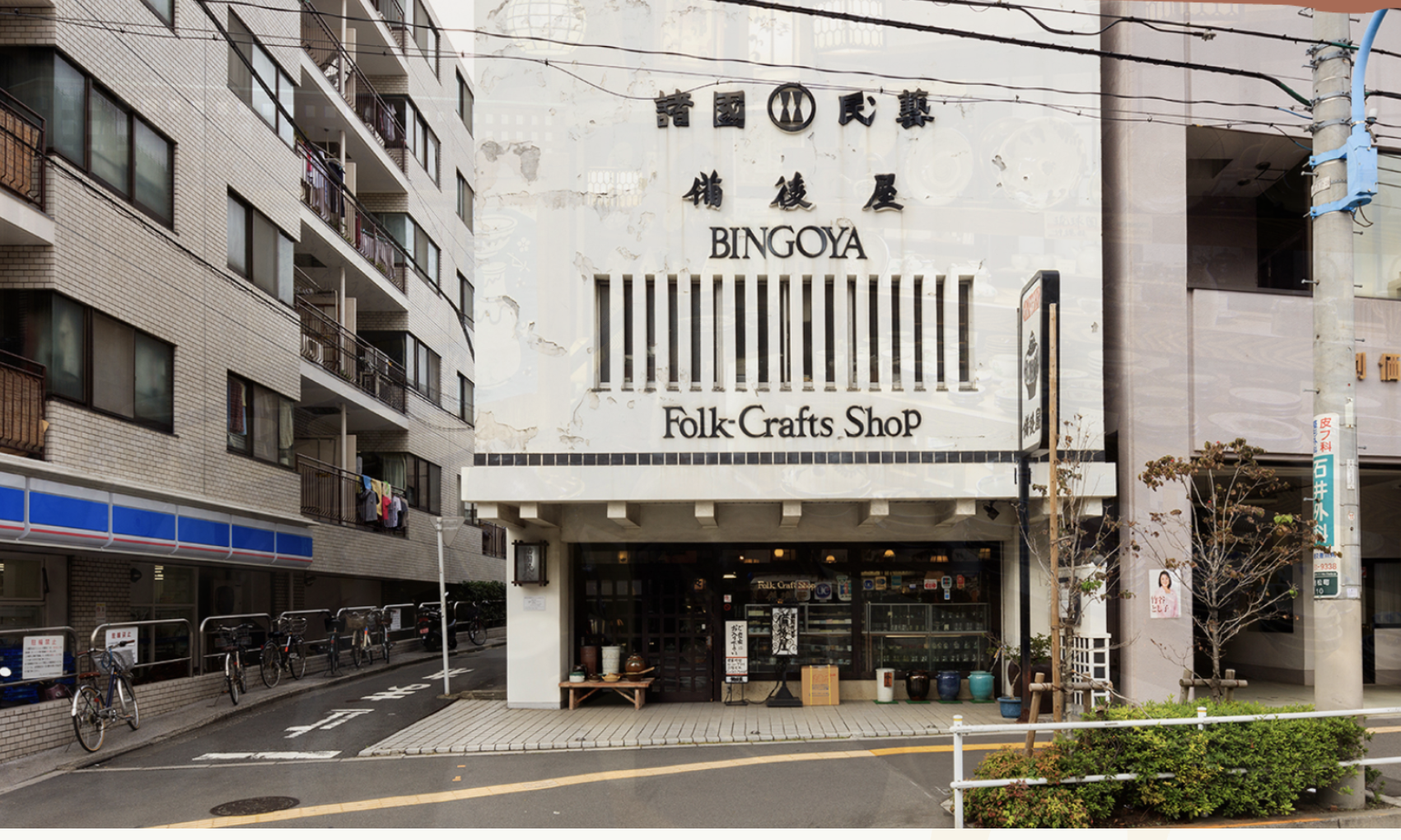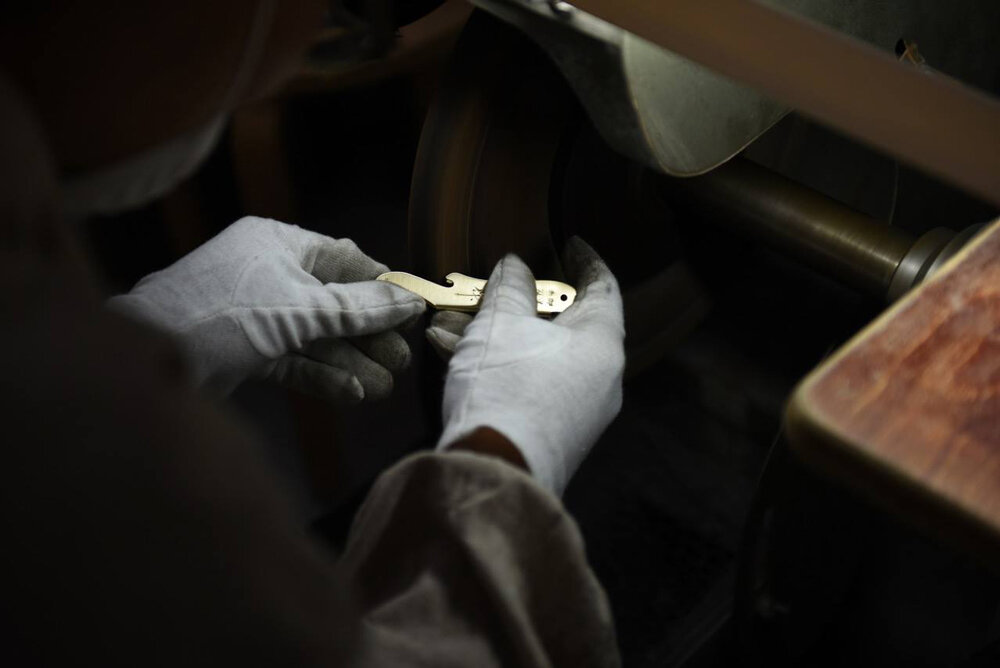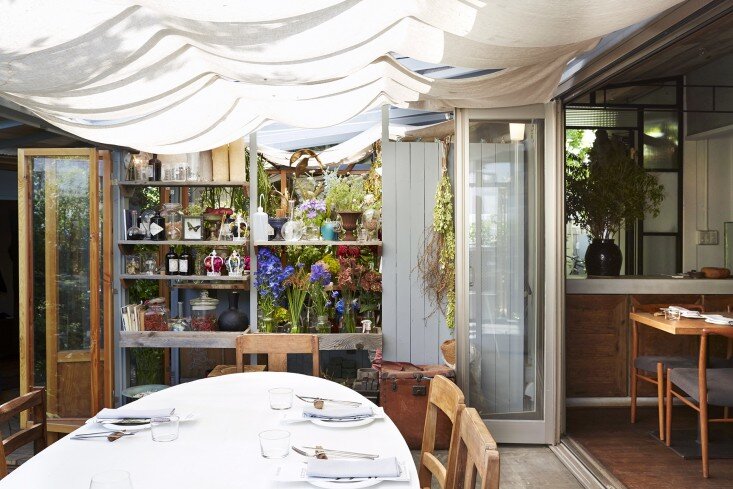Marujyu Kanaami Grills
Marujyu Kanaami Grills
Marujyu Kanaami Co., Ltd. was founded in Higashi-Osaka, Japan in 1947. These type of grills have been used in Japanese cooking to grill fish, meat, vegetables, etc. We cook over hot coals outside but they can also be cooked on a gas stove.
It is a beautiful grill and makes eating enjoyable.
- For care, please wash with a sponge.
- Do not soak in water or you will damage the ceramic.
- Do not put it in the dishwasher.
- The ceramic eventually will get burned but with care, you can keep it for many years.
Rice by Mitsuyoshi Shinousan:
We were attracted to the pet bottle packaging when we saw this brand at a trade show.
This brown rice, also called "Yume Shizuku" was cultivated and polished in the Saga prefecture in Japan. This organic rice was grown without using any pesticide nor other chemical products, in order to ensure that it would be natural from soil and 100% organic.
This brown rice comes with a natural and unique sweetness and firmness.
The PET bottle was chosen for the packing for these rices, and so that the rice would not be easily oxidized, and it would be also easy to store. We would recommend storing this product in the vegetable compartment of the refrigerator after opening !
Nakagawa Seimen. Founded in 1891
Seventy Years of continuous commitment to noodles. Nakagawa seimen is our new favorite noodle brand with many types of noodles, both hot and cold. The brand is from Hiroshima and currently the 3rd generation Nakagawa-san. A special technique was developed by them to make half dried noodles unlike deep fried noodles that are used by other companies. Because of this, the noodles have a delicious texture. The shelf life is only about 6 months.
They have Ramen noodles that can be eaten hot and other noodles to be eaten cold. Our favorite is the Setouchi lemon noodles. This Is a relatively new trend in Japan and we the lemons are sourced from around Hiroshima.
Nakagawa Seimen:
Introducing the noodle manufacturing by family run Nakagawa Seimen from Hiroshima in 1891, with years of making dry noodles they have perfected their technique. These half dry noodles are exceptional and used at many high end ramen restaurants in Japan. Half dry noodles can be exported because they have a shelf life of 6 months. There are no preservatives in the half dry noodles. Whereas the full dried noodle block that is found in most instant noodles are usually created by flash frying cooked noodles and are generally less healthy and with less texture. These Nakagawa Seimen noodles were introduced to us by a friend in Japan. They are usually bought by professionals or ordered online.
Keeping their tried and proven soup recipes, they also continue to create new sauces. Our favorite ones for the warmer seasons use Setouchi Lemon or sometimes Yuzu Lemons. These lemons are grown close to Hiroshima and are very famous in Japan.
Half-raw noodle manufacturing process:
For Spring Summer we sell 2 types of noodles
- Hot Yuzu Udon: This can be eaten Hot or cold:
1 pack serves 2 people. The sauce is included in the set. Cooking time is 5 minutes and afterwards you just add the sauce directly in the water (sauce is made from Yuzu from Seto inland Sea area). Instructions all written on the back in English. Recommended toppings: Leeks, baby spinach, light vegetables, radish, Boiled egg cut in half, Steamed Chicken, Light Pork.
- Setouchi Lemon Salt Ramen (this can be eaten hot or cold):
Hot: 1 pack serves 2 people. The sauce is included in the set. Cooking time is 2 minutes and afterwards you just add the sauce directly in the water (sauce is made from Yuzu from Seto inland Sea area). Instructions all written on the back in English. Recommended toppings: Leeks, baby spinach, light vegetables, radish, Bok Choy, Bean sprouts, Boiled egg cut in half, Steamed Chicken, Light Pork.
If you want to try it cold: Cook the noodles for about 3-5 minutes, depending on how al dente you like them. Rinse under cold water. Chill the sauce inside the freezer for about 10 minutes, dilute with water according to your taste.
Recommended toppings: Leeks, baby spinach, light vegetables, radish, cucumber sliced thinly, Thin egg omelette thinly sliced, Light ham thinly sliced, Steamed Chicken.
Our first selection spring/summer for the store will be Yuzu Udon and Setouchi Lemon Salt Ramen. Please try them!

